Counter Culture is a landmark coffee table book that captures the essence of 25 years of British working-class fashion, written and compiled by Jay Montessori and Brendan Wyatt. A bold and unapologetic tribute to the style, energy, and spirit of Britain’s youth subcultures, this monumental volume spans from 1977 to 2002—an era of seismic change not only in fashion, but in music, identity, and social consciousness.
Beautifully bound and immaculately curated, the book runs 653 pages, divided into 14 detailed chapters, and features over 1,000 original vintage garments and accessories—all meticulously photographed from the authors’ extensive personal collections. Weighing in at an impressive 4.5kg and sized at 340mm x 270mm, Counter Culture is more than just a book—it’s a visual archive, a piece of social history, and a love letter to the enduring style of the British streets.
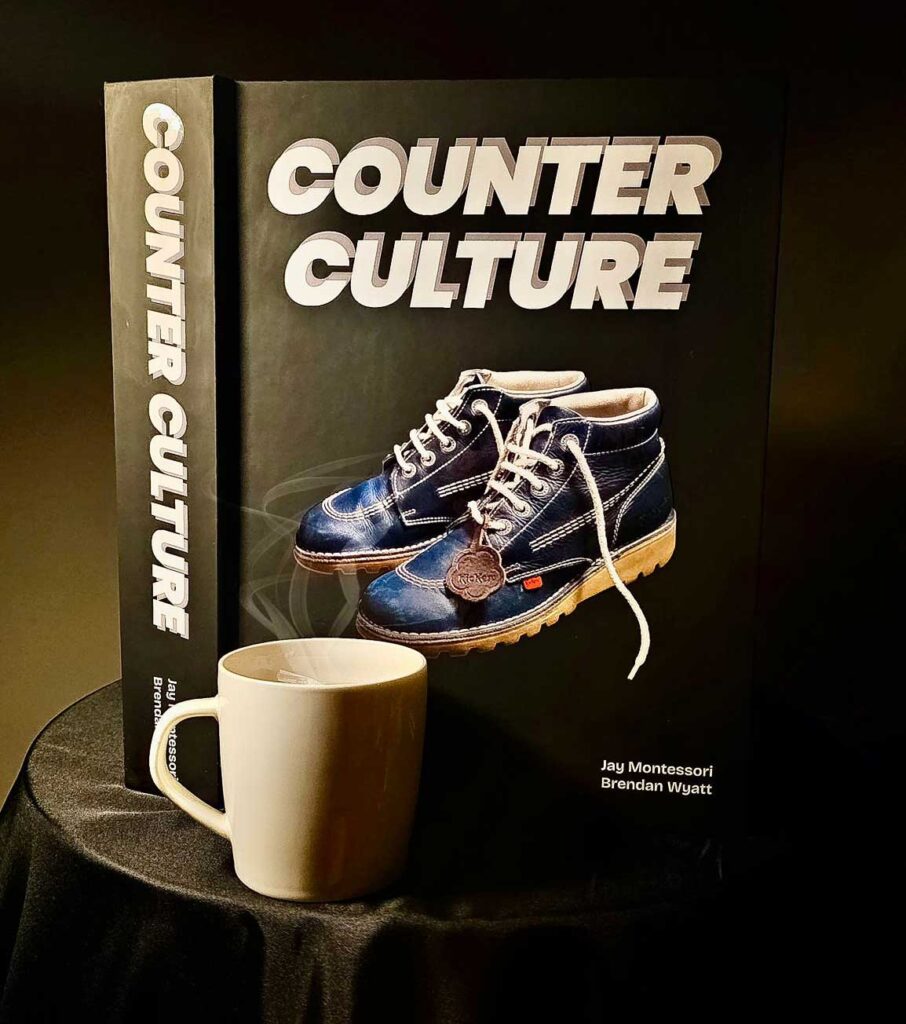
Counter Culture is a landmark coffee table book that captures the essence of 25 years of British working-class fashion, written and compiled by Jay Montessori and Brendan Wyatt. A bold and unapologetic tribute to the style, energy, and spirit of Britain’s youth subcultures, this monumental volume spans from 1977 to 2002—an era of seismic change not only in fashion, but in music, identity, and social consciousness.

Beautifully bound and immaculately curated, the book runs 653 pages, divided into 14 detailed chapters, and features over 1,000 original vintage garments and accessories—all meticulously photographed from the authors’ extensive personal collections. Weighing in at an impressive 4.5kg and sized at 340mm x 270mm, Counter Culture is more than just a book—it’s a visual archive, a piece of social history, and a love letter to the enduring style of the British streets.
"Counter Culture is the book everybody was waiting for - it is quite simply a work of art, like a medieval manuscript that will be cherished by those who are lucky enough to get a copy. The attention to detail in Counter Culture is quite astounding and the book will be talked about and discussed across the world for many years to come."
Peter Hooton - The Farm

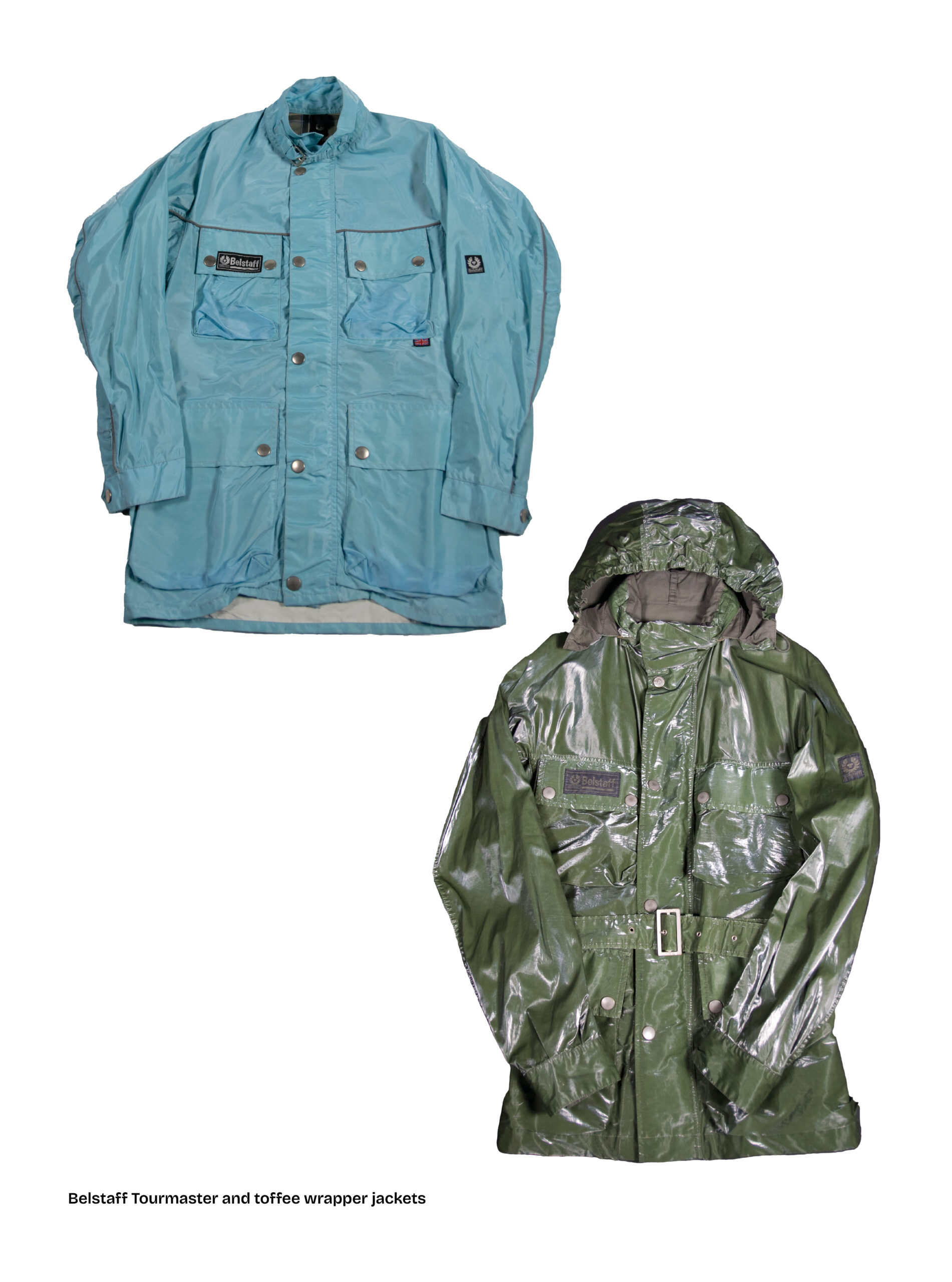
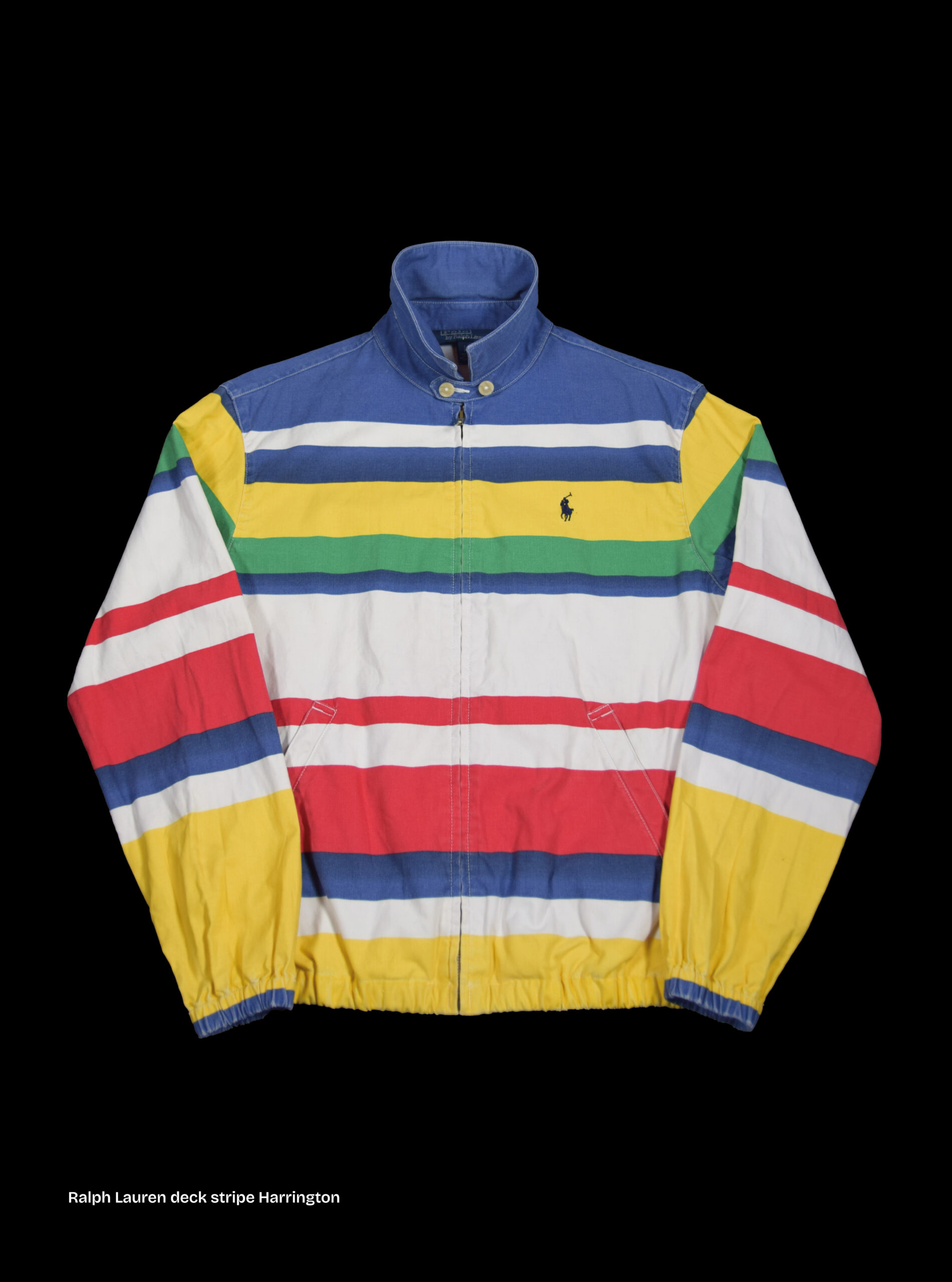
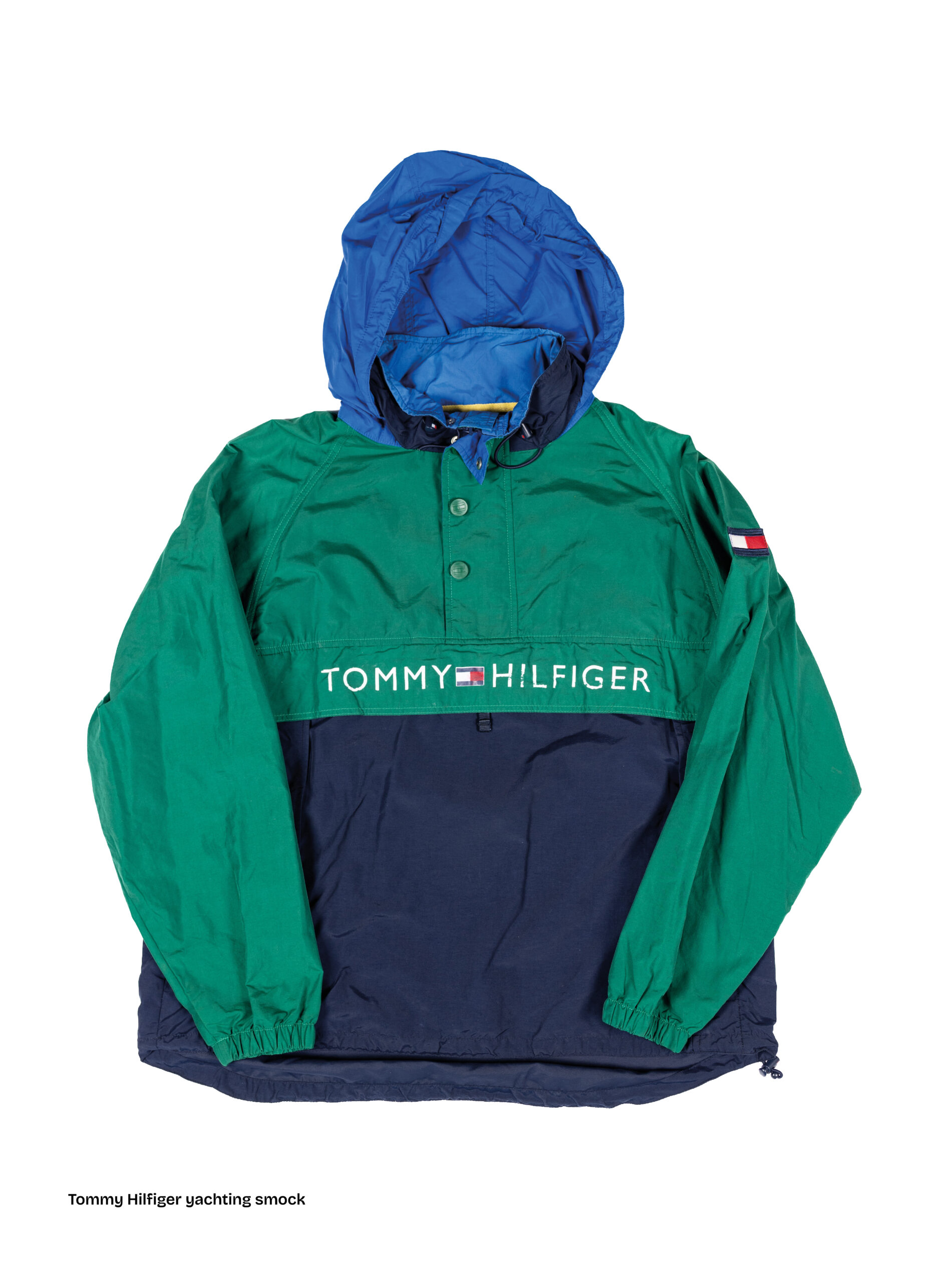
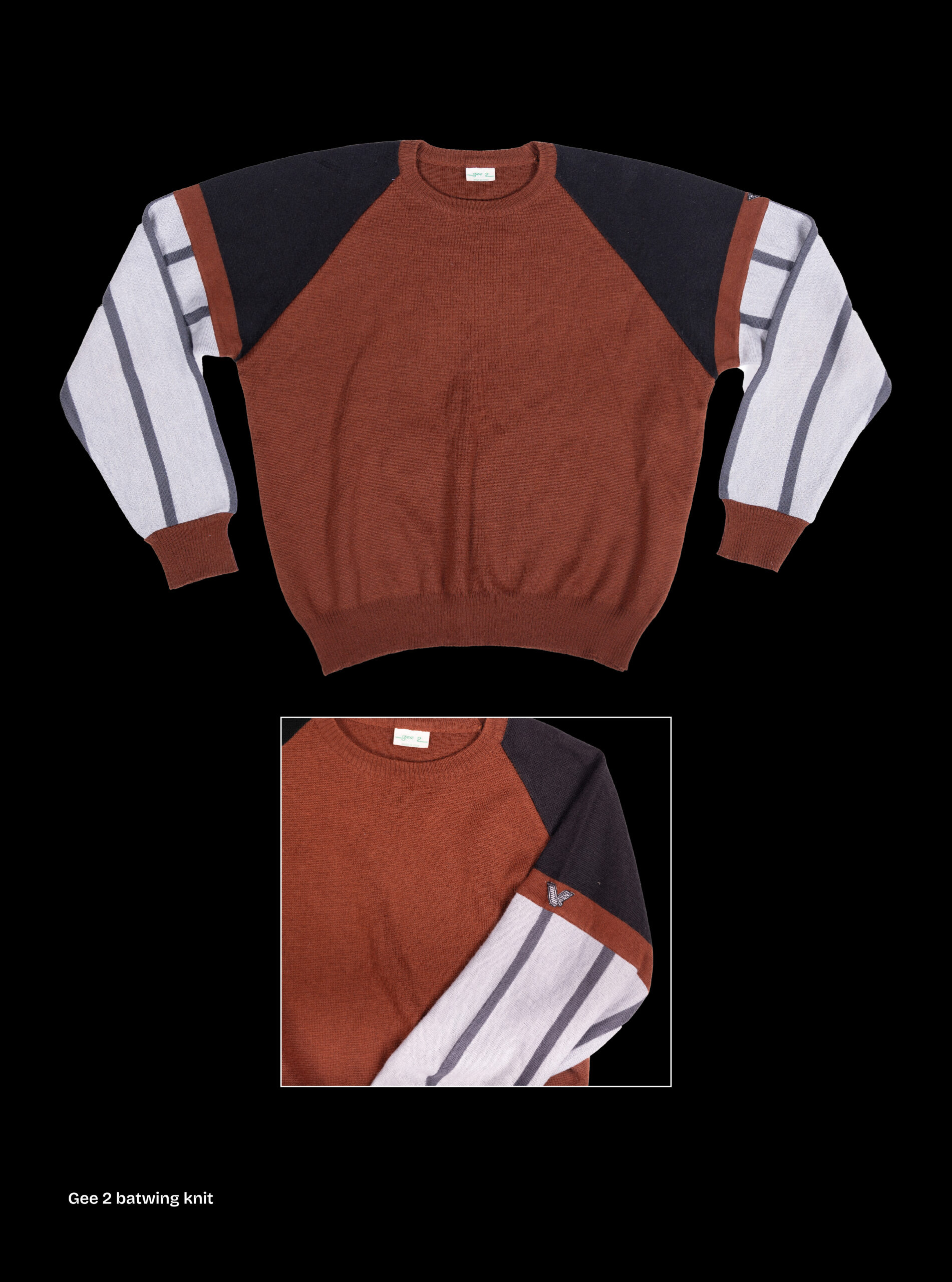

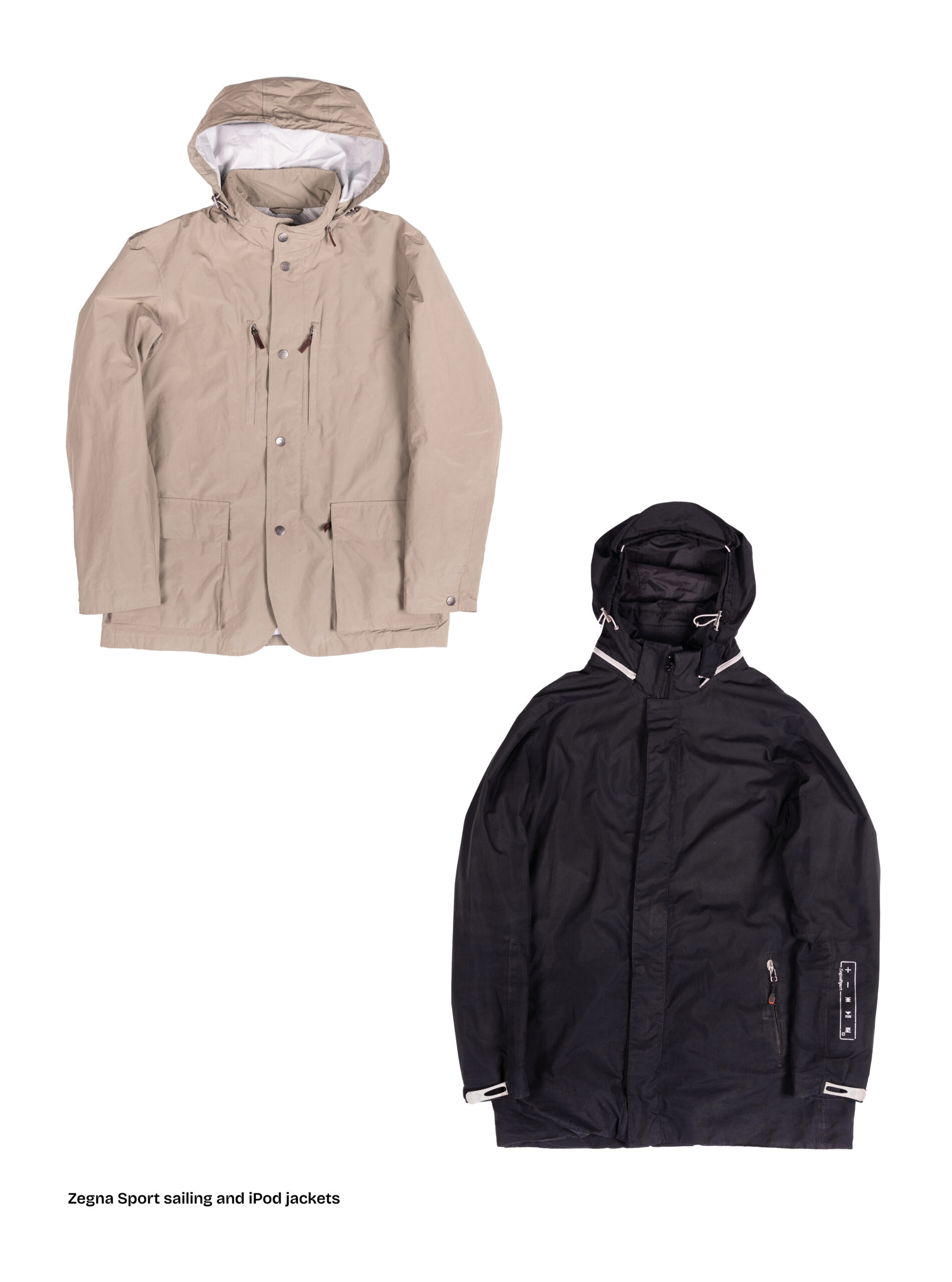
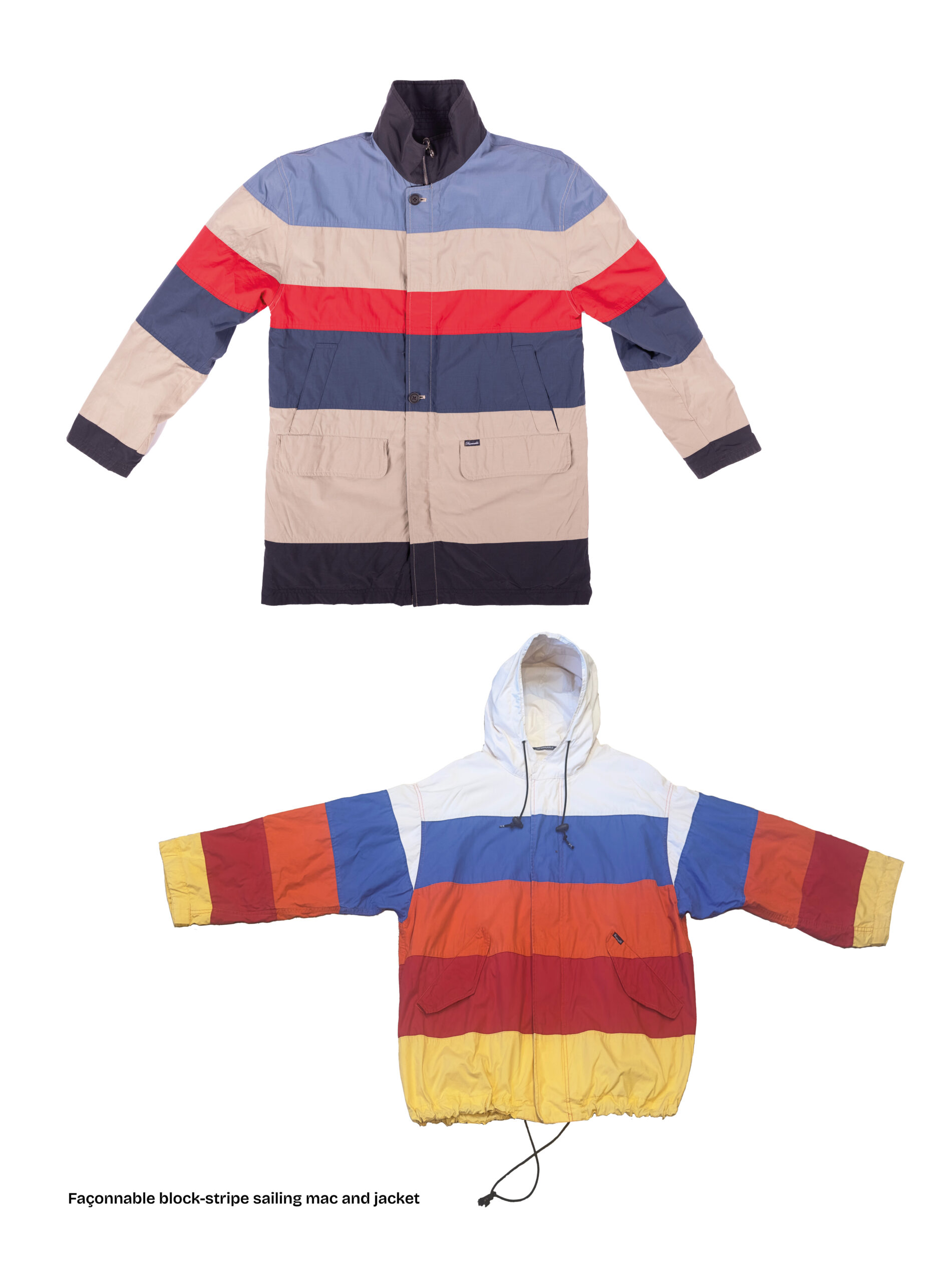
The journey begins in the late 1970s, spotlighting the soul boys—sharp dressers with a passion for rare groove and imported clobber—and traces the evolution of style through the 1980s and into the early 2000s. Along the way, the book explores an array of pivotal scenes and movements including football casuals, paninari, B-boy culture, acid house ravers, hip-hop heads, and many others. Each chapter examines not just the clothing, but the wider context—how music, geography, class, and attitude influenced what people wore and why.
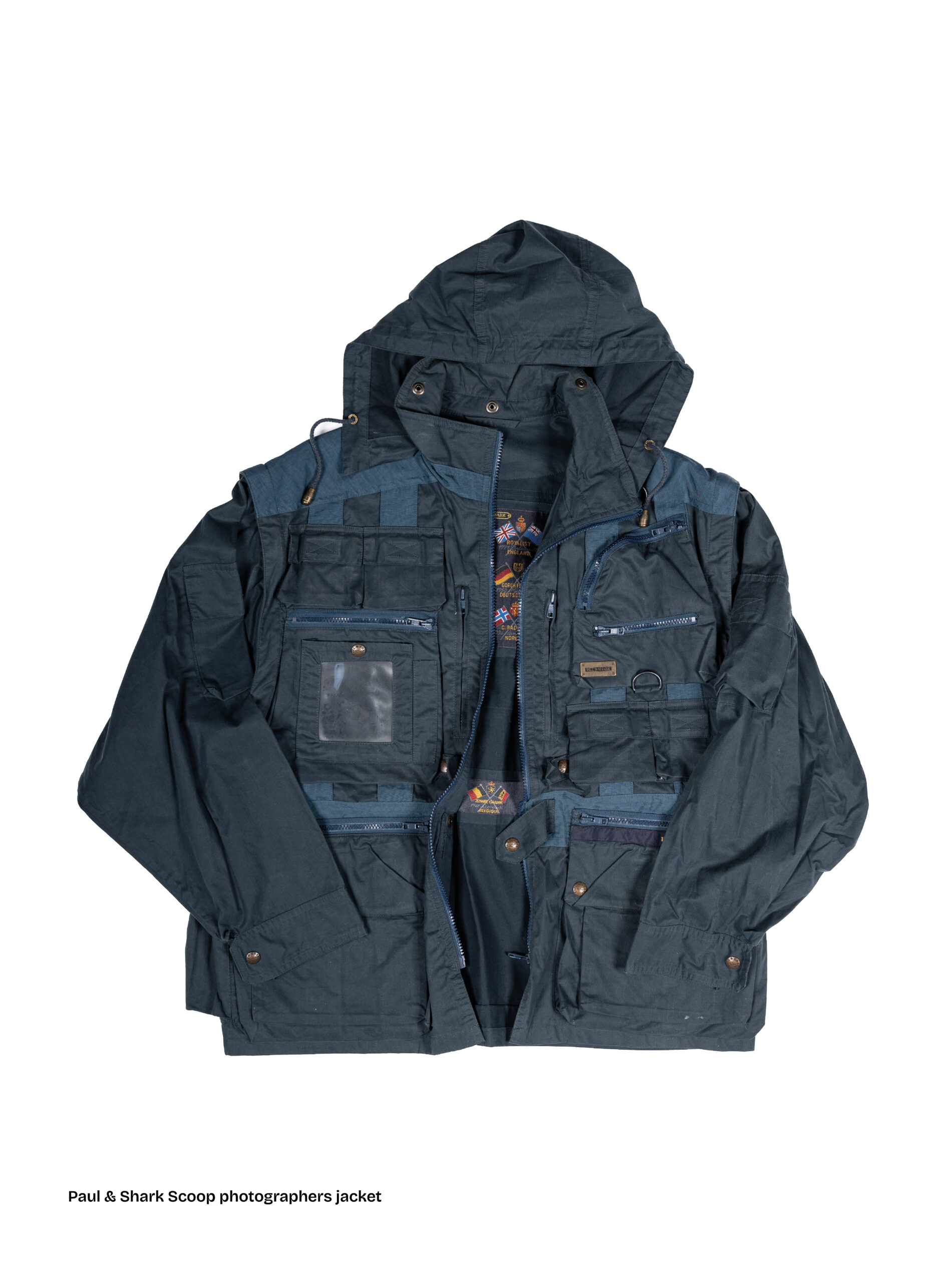



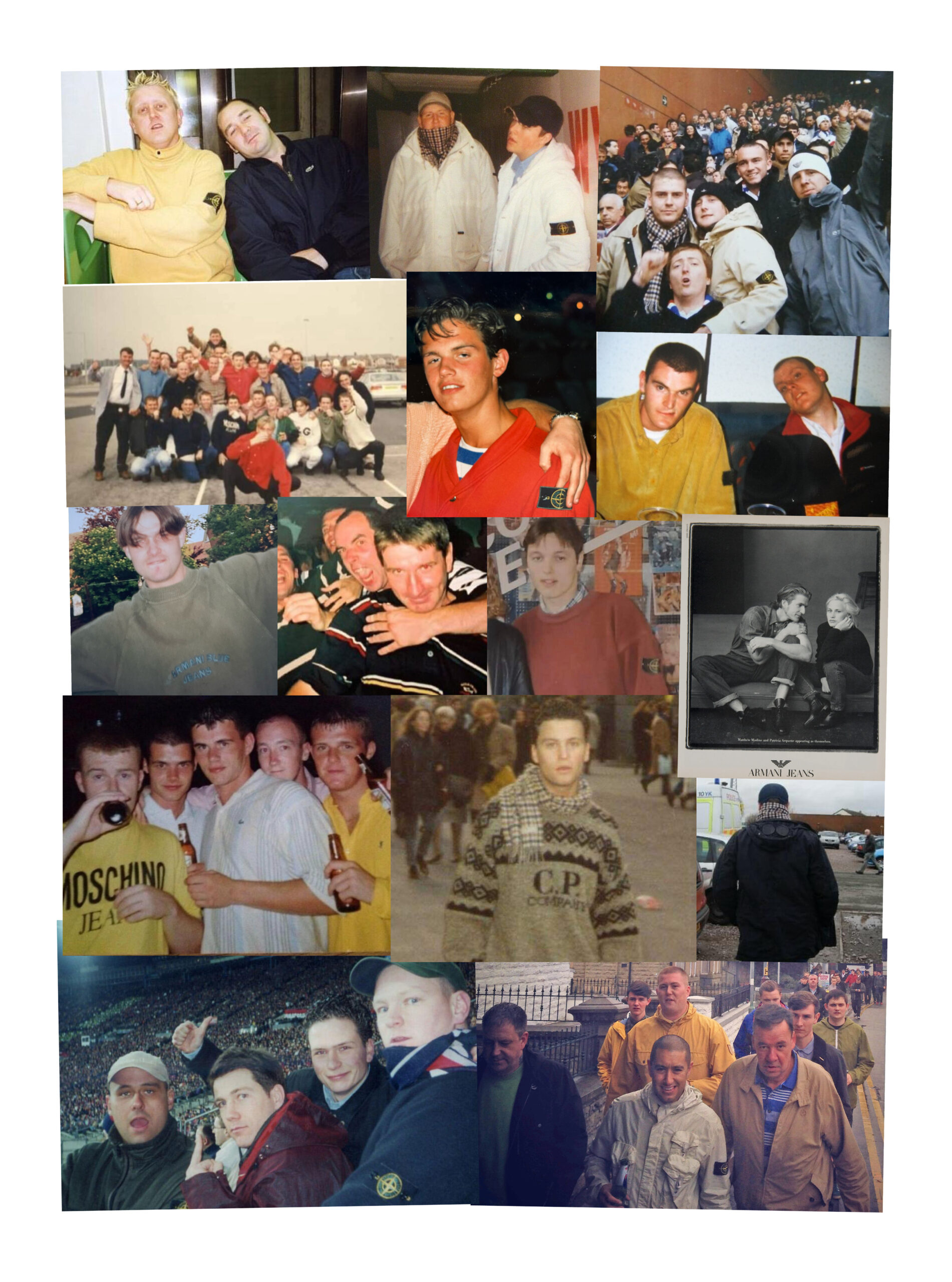
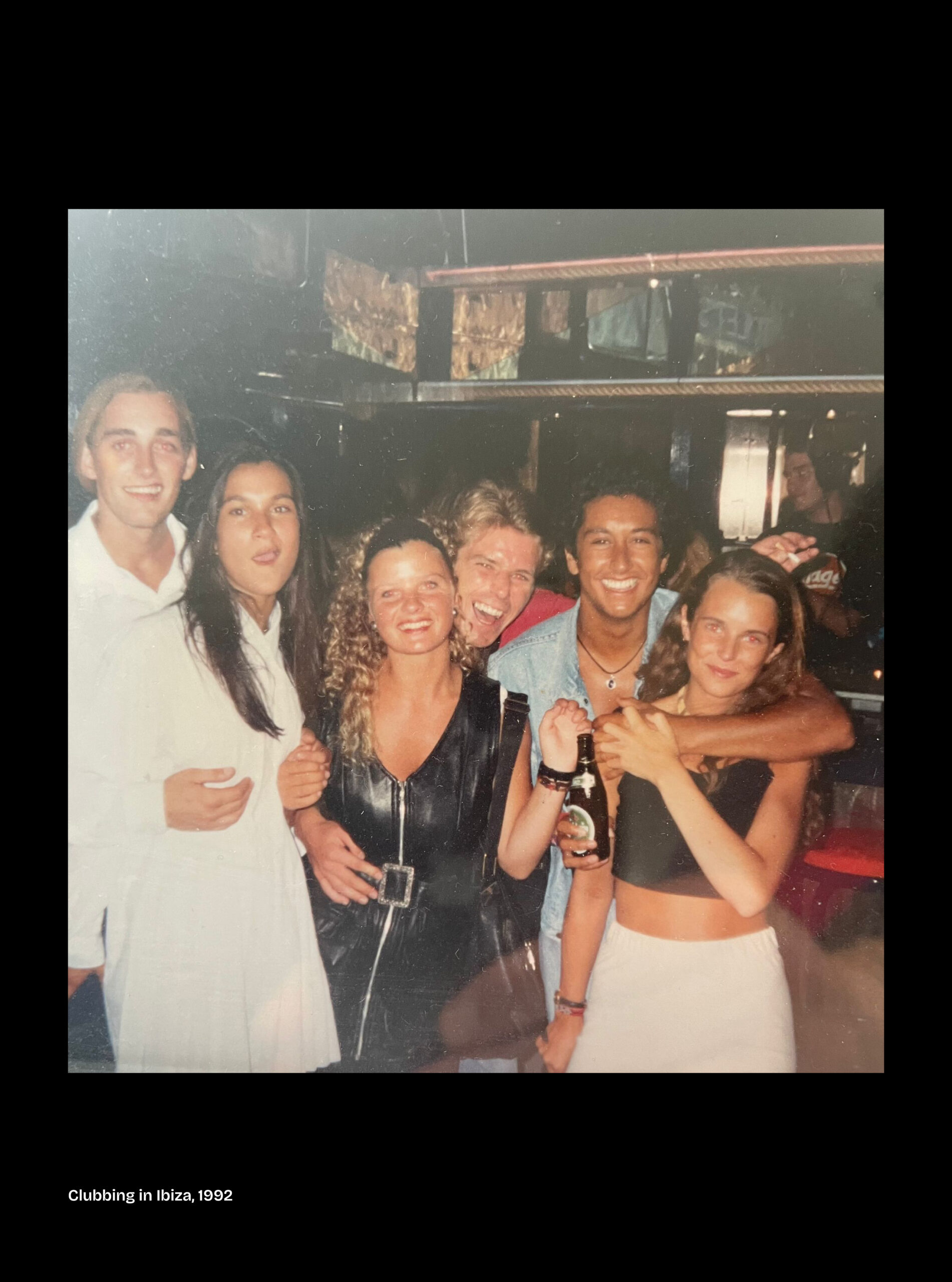
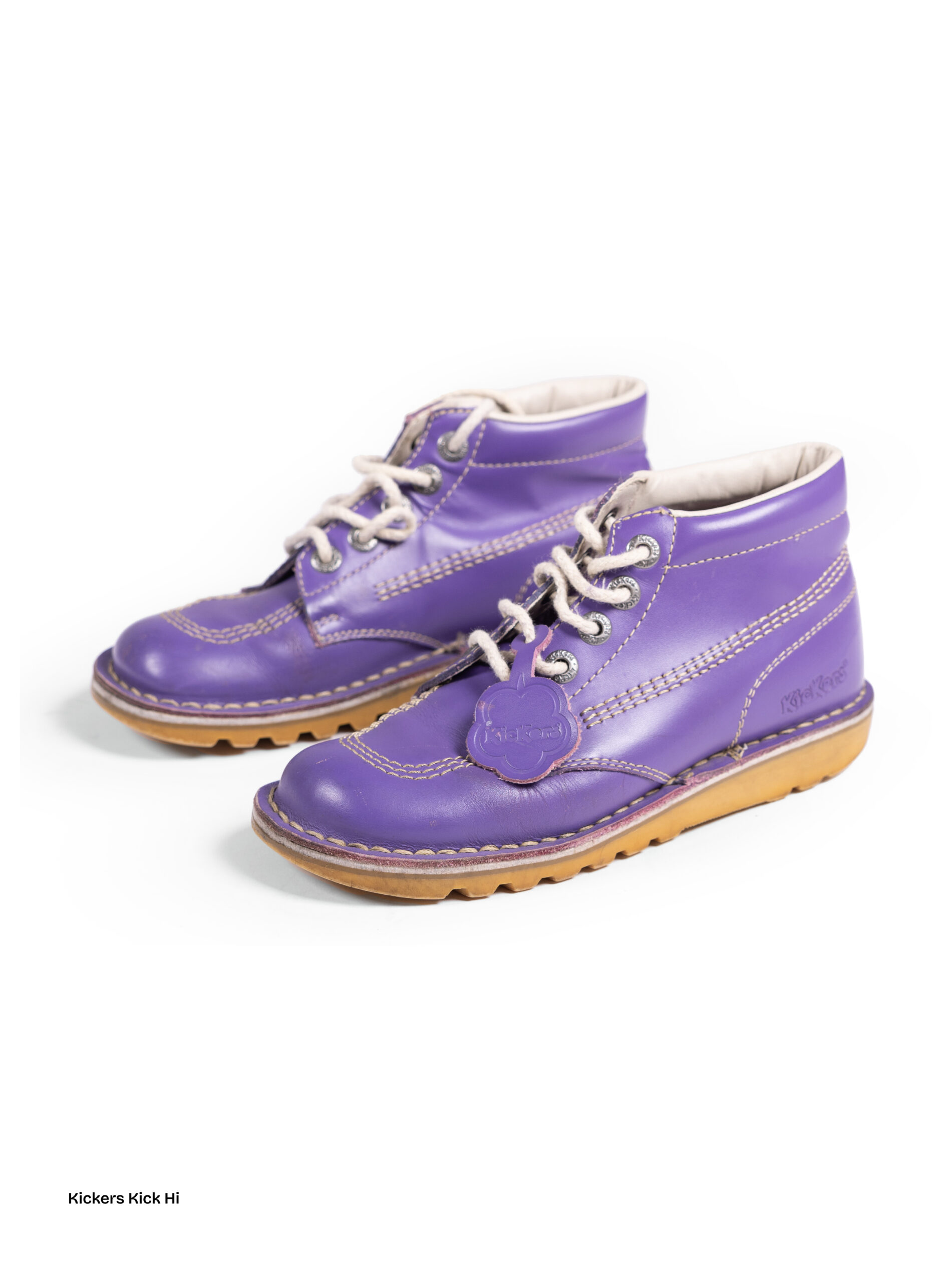
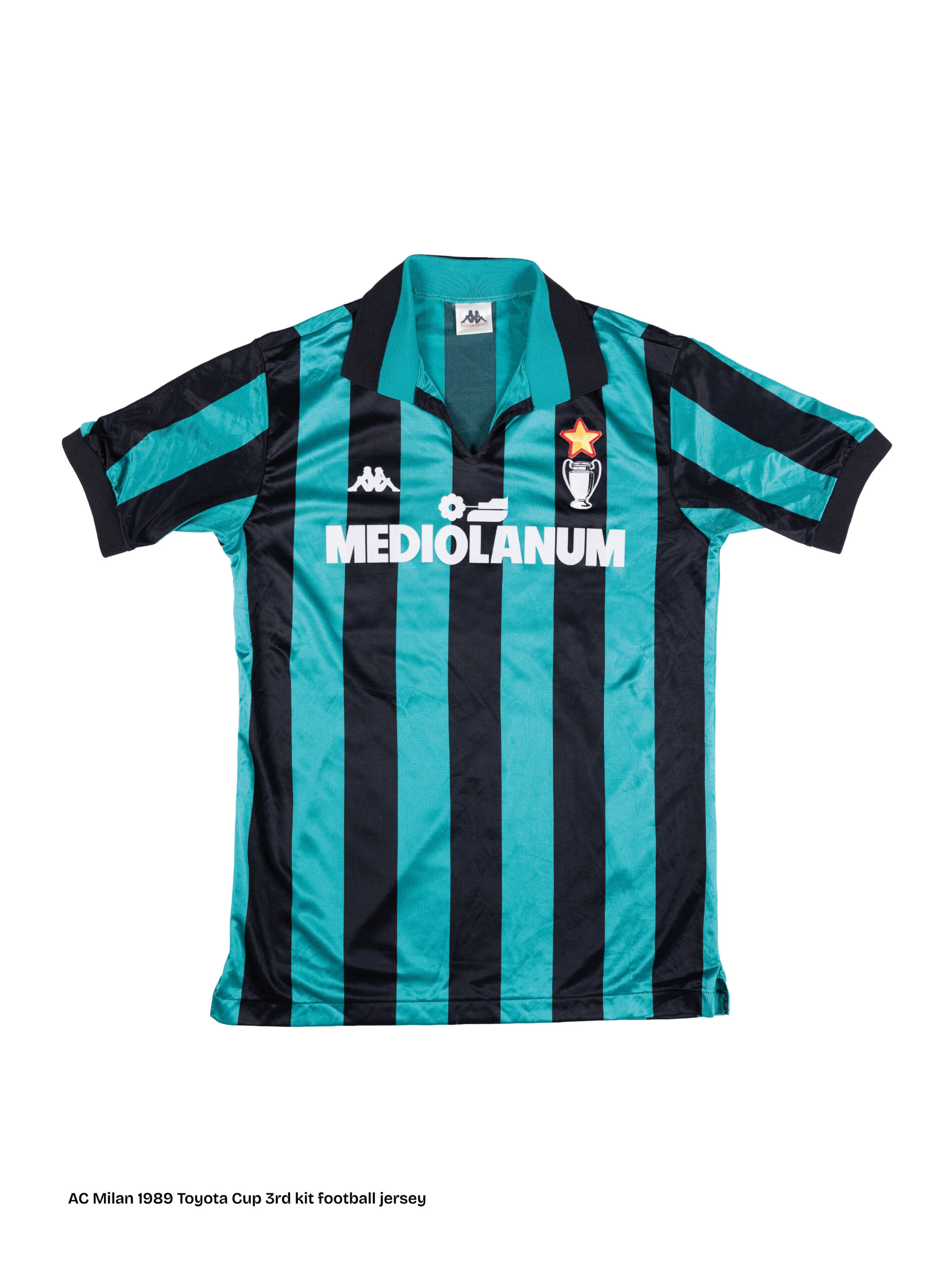
"Having undertaken a few weeks of intensive upper body work in the local gymnasium, I finally managed to summon up the strength to pick up Counter Culture and place it onto the coffee table.
Now I imagine that this somewhat weighty tome (yes, the 'weighty' gag has already been done) will be initially looked upon as a book which can be dipped into at any page, and I envisage much flicking back and forth as its delights present themselves. However, I would recommend taking this on from the first page as the chronology of the matter is all-important here.
As a bit of a scruff, I wasn't in on any of this sartorial sea-change during its birthing years, but I was certainly around it and can remember for instance, the magnificent 'escort slipping' Geography teacher look of the early eighties and the Peter Storm jackets, one of which I did actually own although I was only fashionable by chance here, in that I'd probably just been caught in the rain outside an Army and Navy Stores one Saturday on the way to Exeter away or somewhere.
This is a work which will be referenced for many years to come, not least for its superb photography and reminiscences from people who were there. It's not simply 'dewy-eyed nostalgia' which is on show, as it is all brought neatly up to date towards the latter pages which in turn, will surely appeal to the fashion-conscious youngster busily scribbling their Christmas list.
In summary, Counter Culture is not something you will be carting off to the British Heart Foundation shop at any point, and once acquired, it won't be leaving your home….. ever."
Blackie – Half Man Half Biscuit

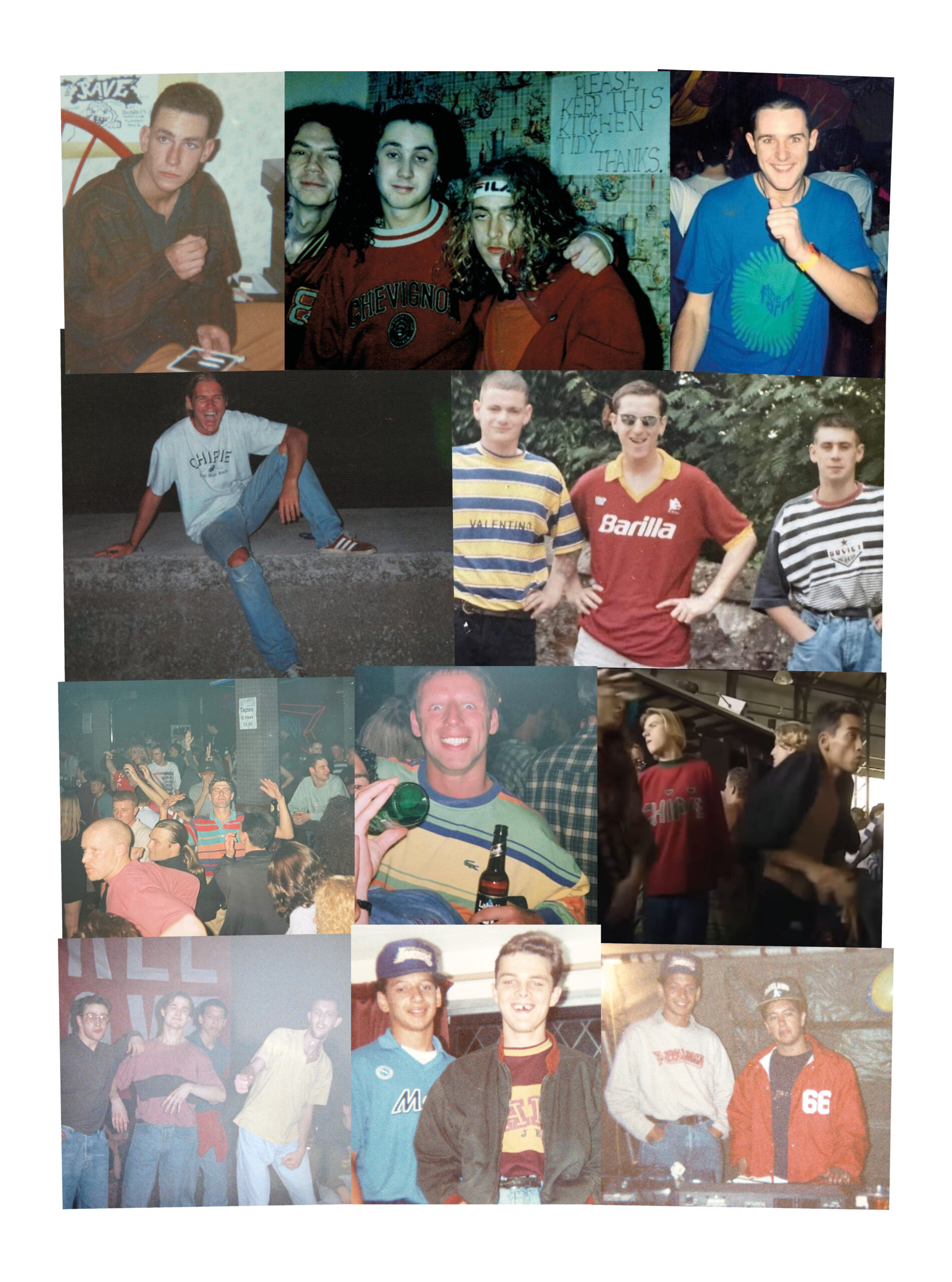
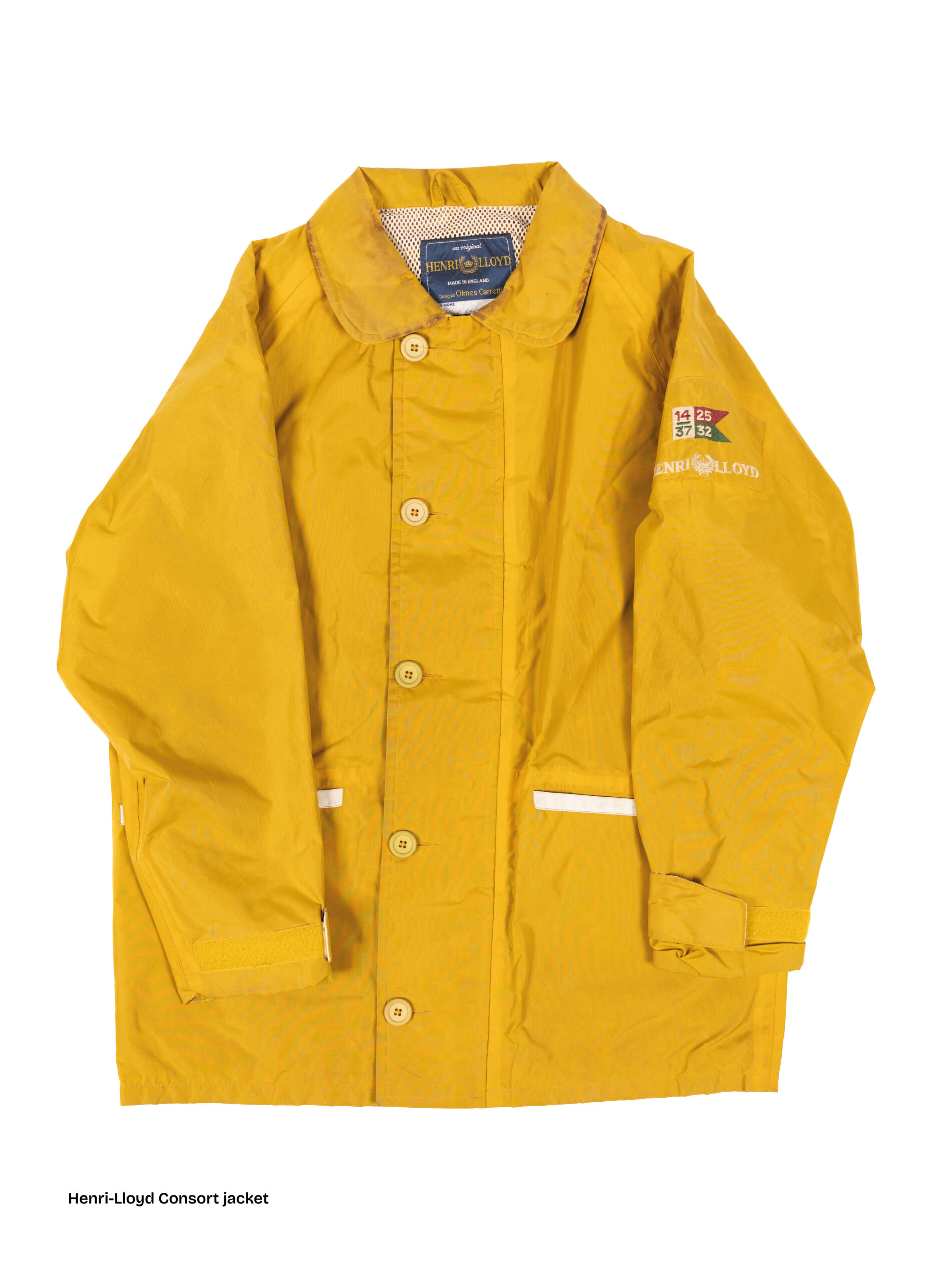
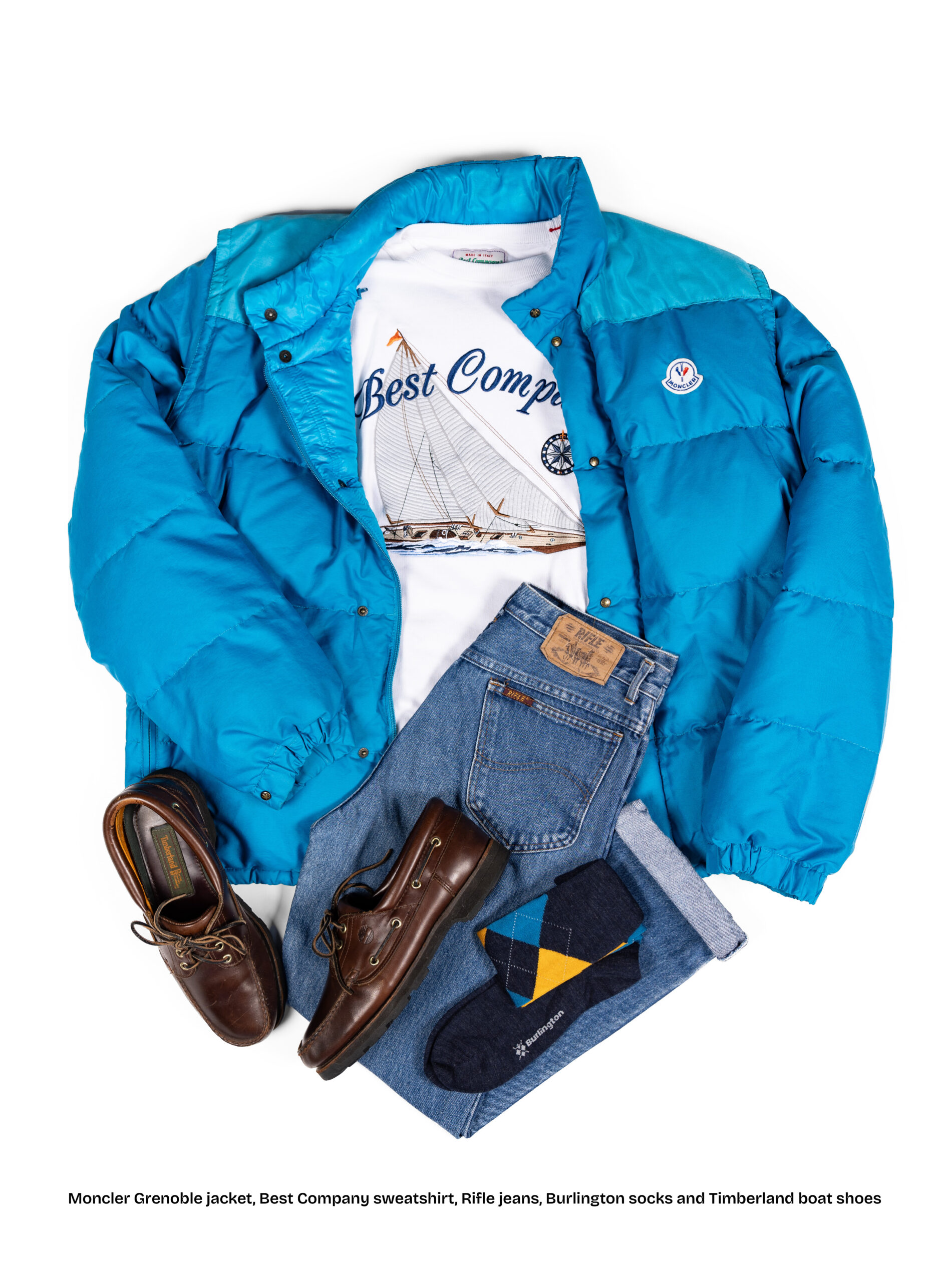
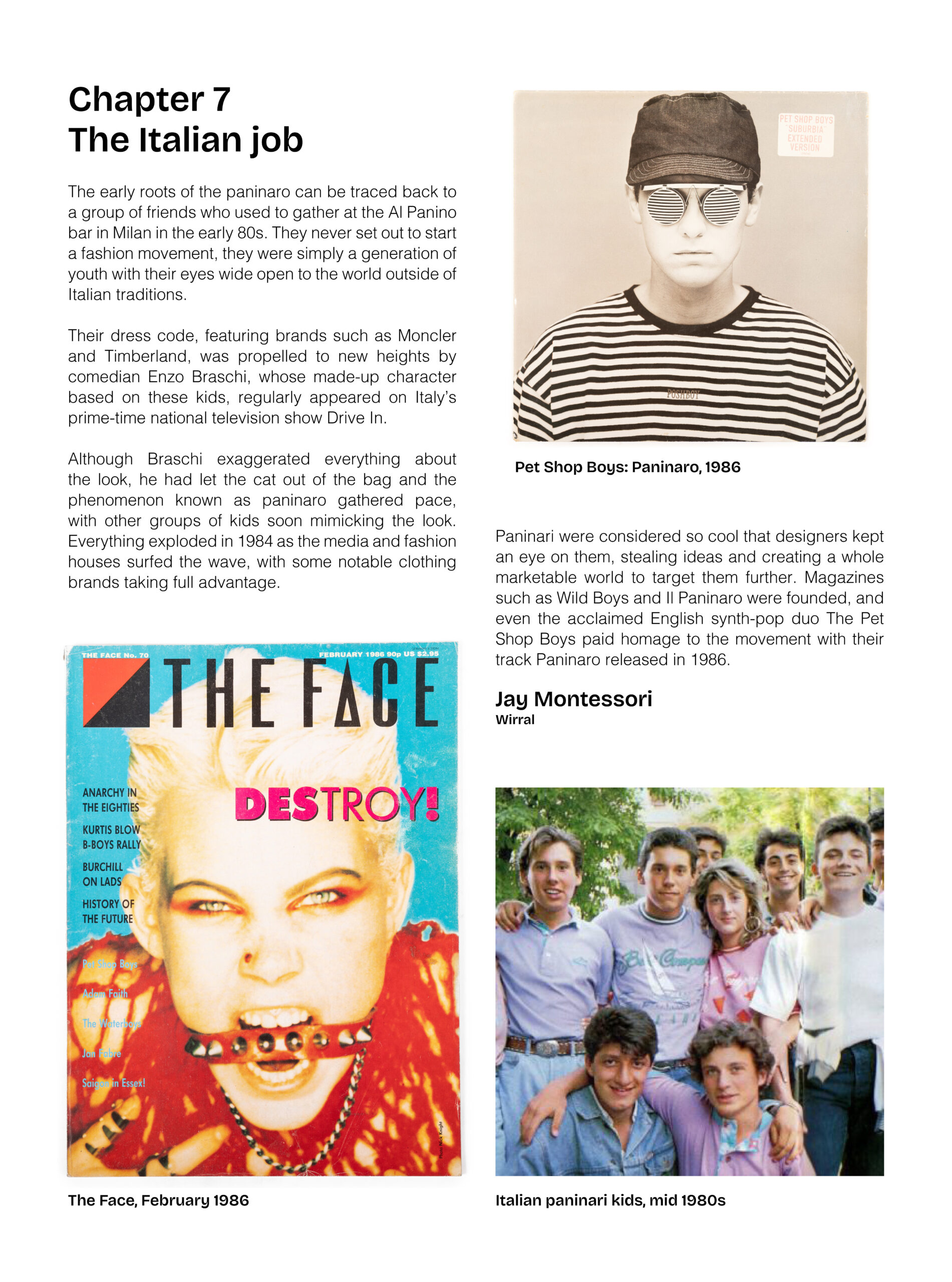
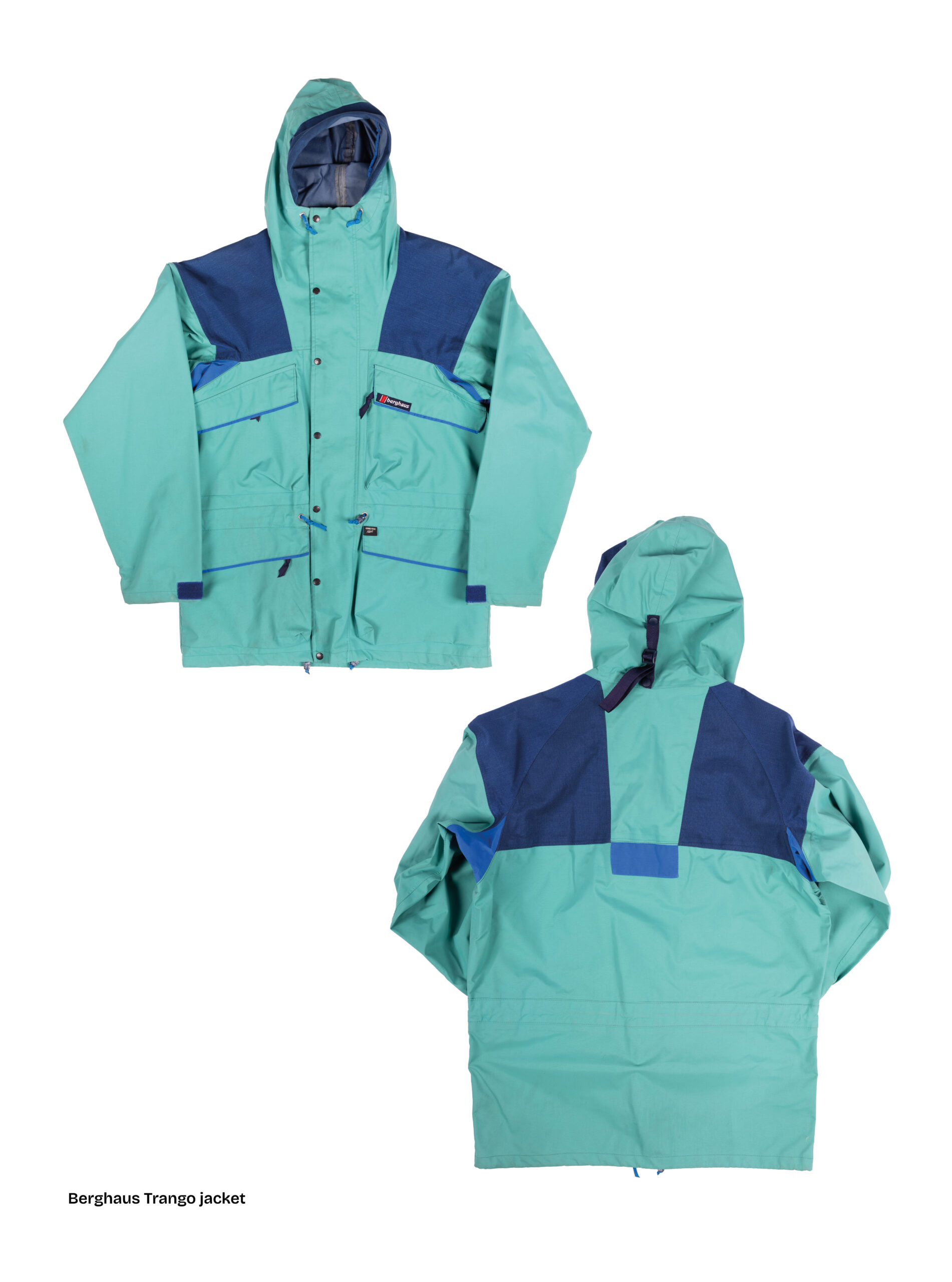
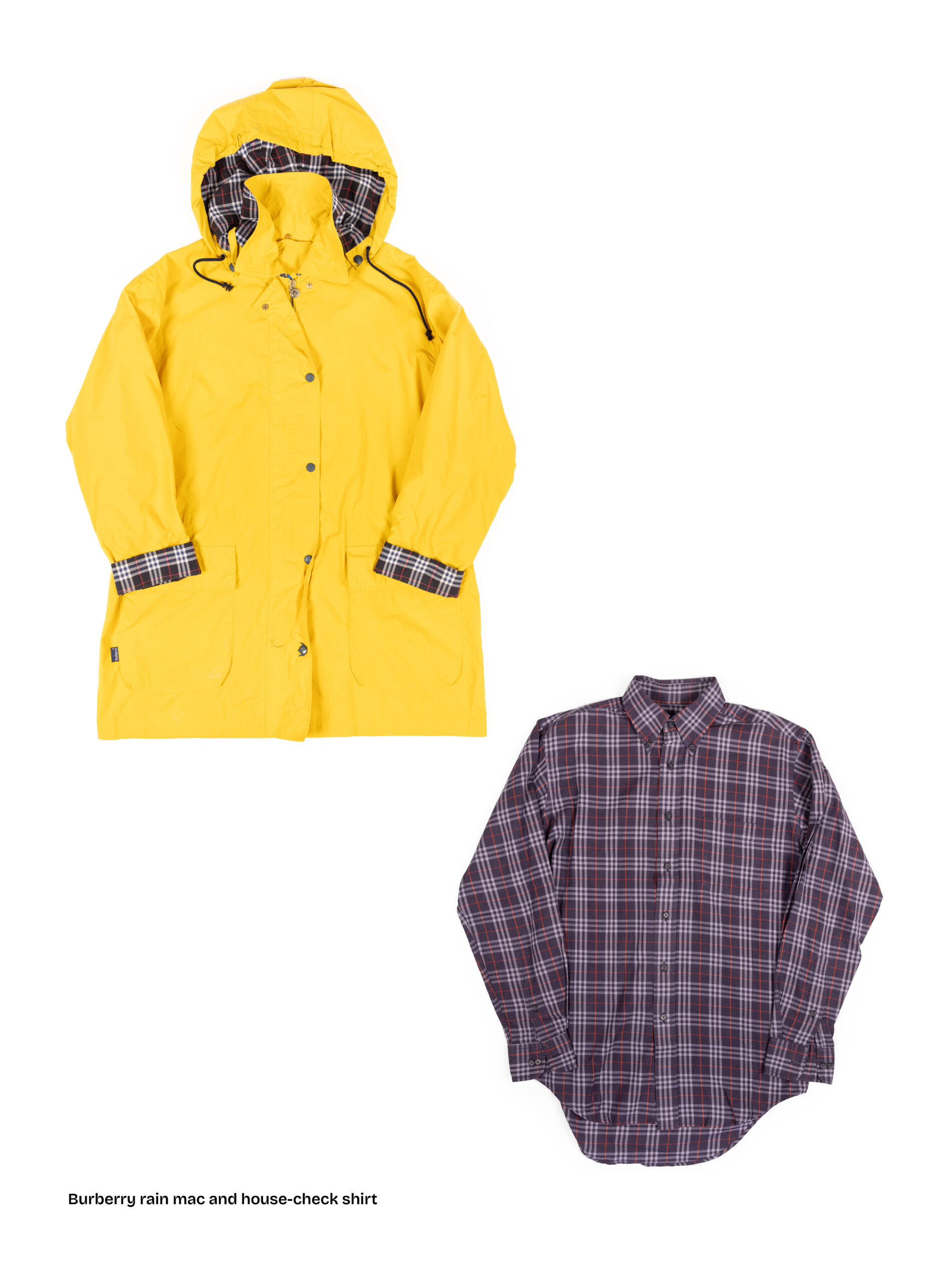
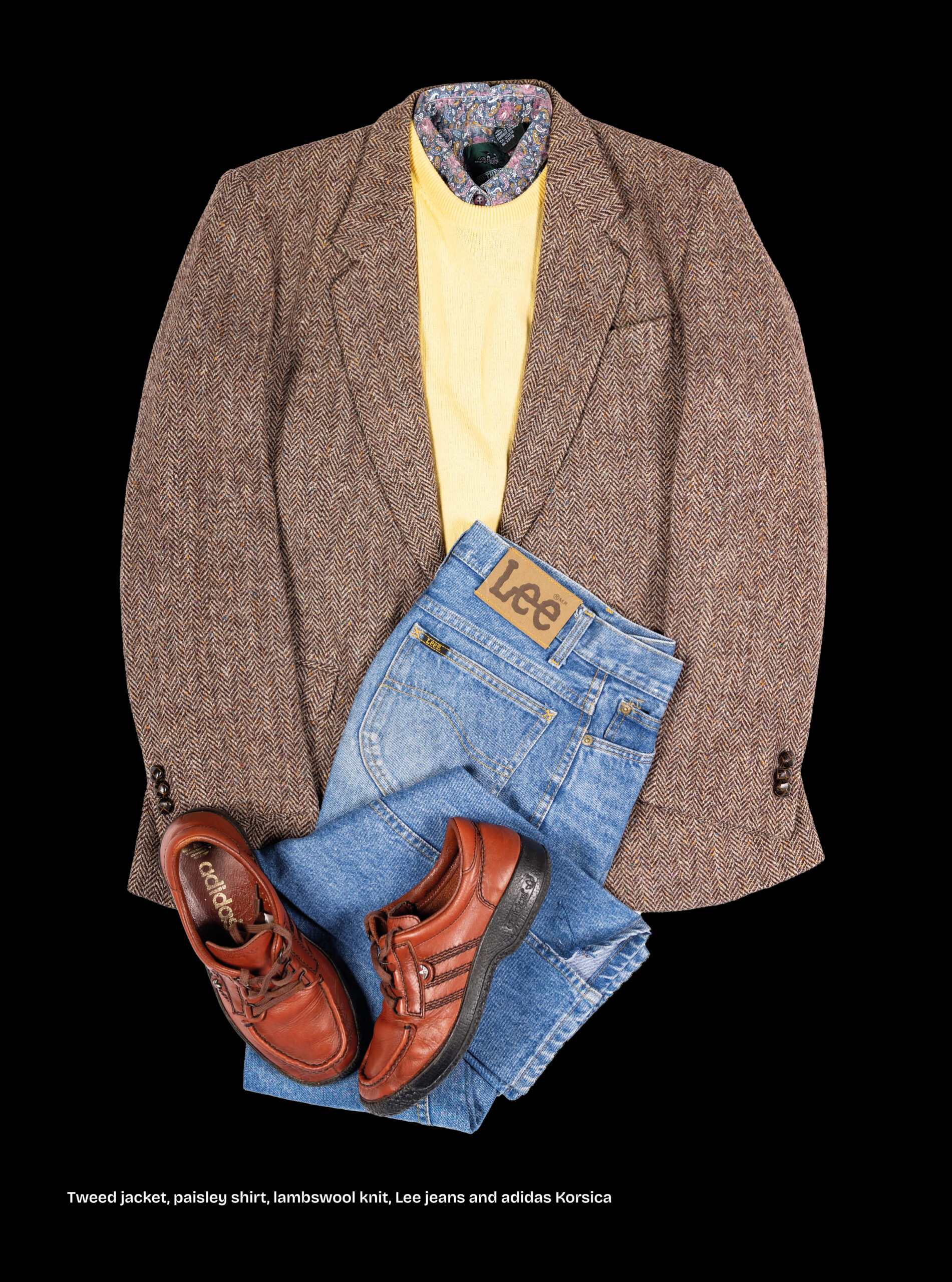
What truly sets Counter Culture apart is the authenticity of its voice. This isn’t a fashion book written from a distance by academics or stylists—it’s told by the lads who lived it. Scattered throughout are first-hand accounts and reflectionsfrom individuals all over the UK—Scousers, Mancs, Londoners, Brummies, Geordies and more—each offering their own lived perspective on the fashion movements they helped define. These contributions add a raw, human edge to the visuals, turning the book into a living document of real experiences and subcultural pride.
"There was no Big Bang with this thing of ours. It didn’t arrive fully formed. Unlike the big youth movements that preceded it – Skinheads, Mods, Punks, Teds – this thing was a cult with no name, an underground, truly independent street scene that evolved, piece by piece, with bits of this, bits of that. From its earliest seeds in the mid-70s – young football fans moving away from bovver boots, wide jeans, big hair – to the phenomenon of 80s Casuals, borrowed from punks and soul boys and sticksmen and preppies; from tennis and squash; from The Thin White Duke. A little bit of this, a little bit of that…
Counter Culture maps every beat, every tick, and every nuance of the journey with the love, patience, and attention to detail of a bespoke tailor. You’ll read through this magnificent compendium subconsciously willing its authors to overlook or forget something key, some obscure brand or item but, just as you think you’ve ‘won,’ there it is. Jellybeans. Yachting pumps. Jesus. Ciao. Luhta. Liberto. Only a true aficionado could have put this together with the craft and expertise the subject requires; it’s accurate, mesmerising, clinical in its detail, beautifully presented and will, without doubt, become recognised as an authoritative encyclopaedia, a collector’s item, and a future classic."
Kev Sampson - Author
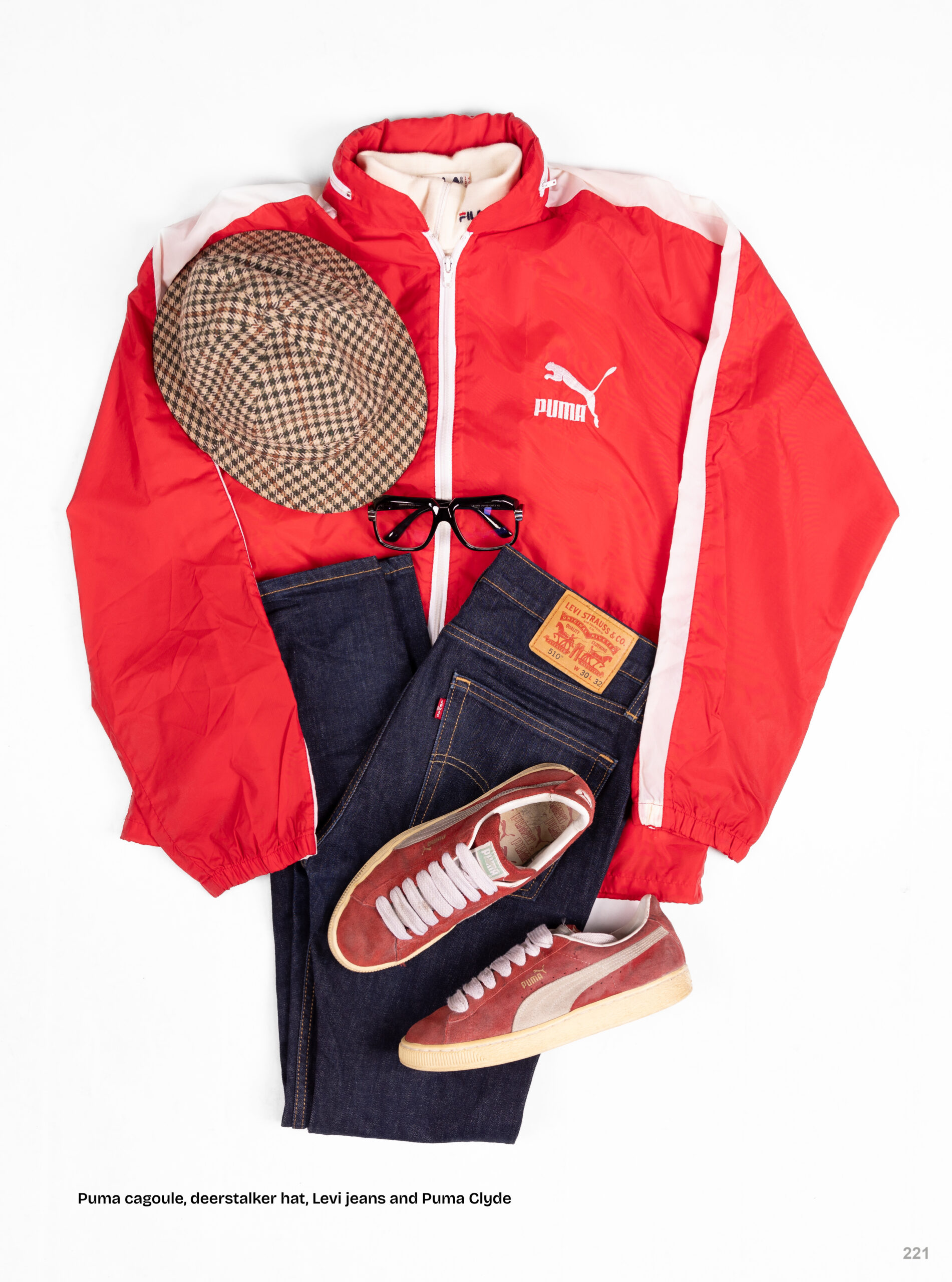
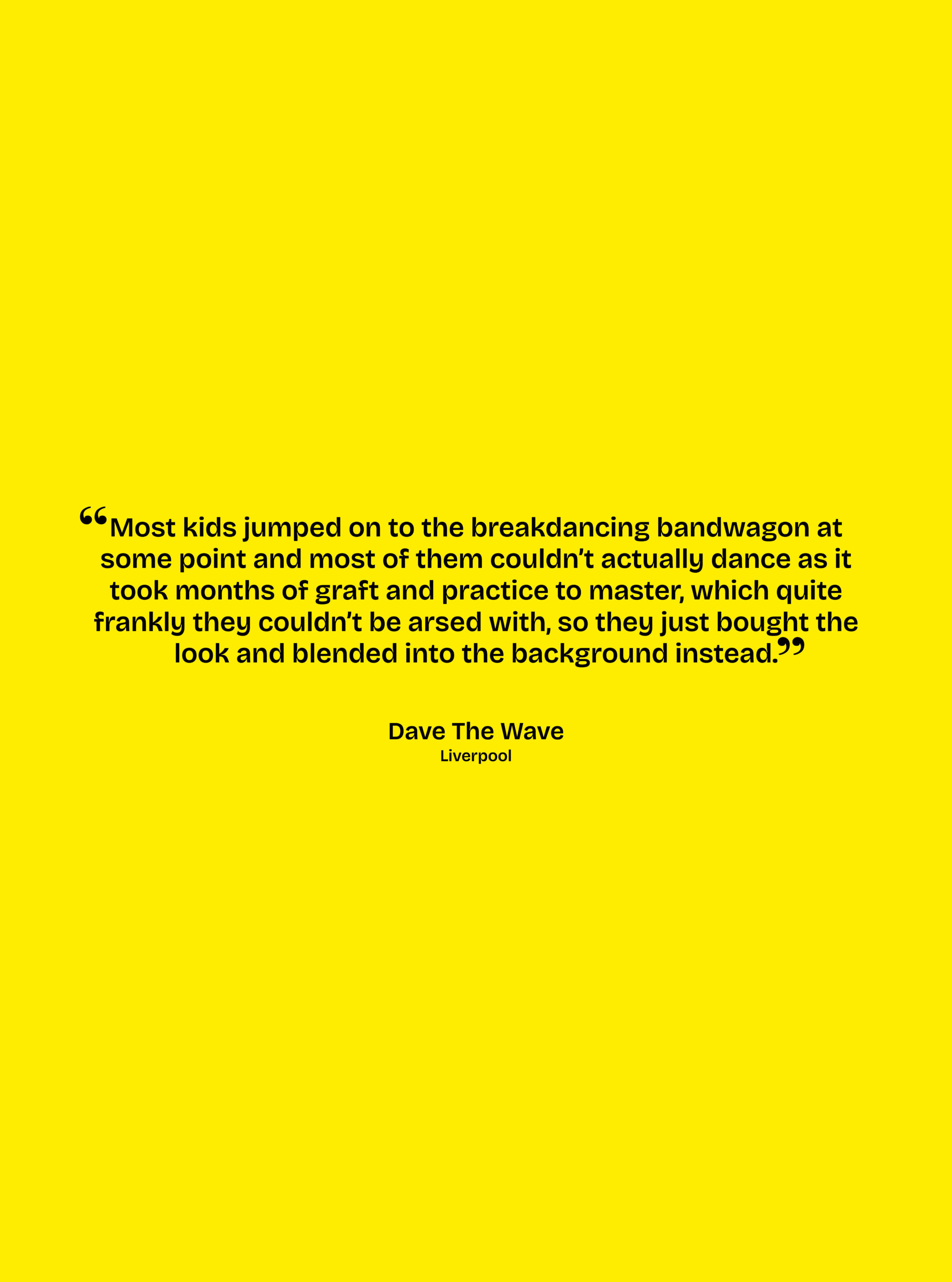
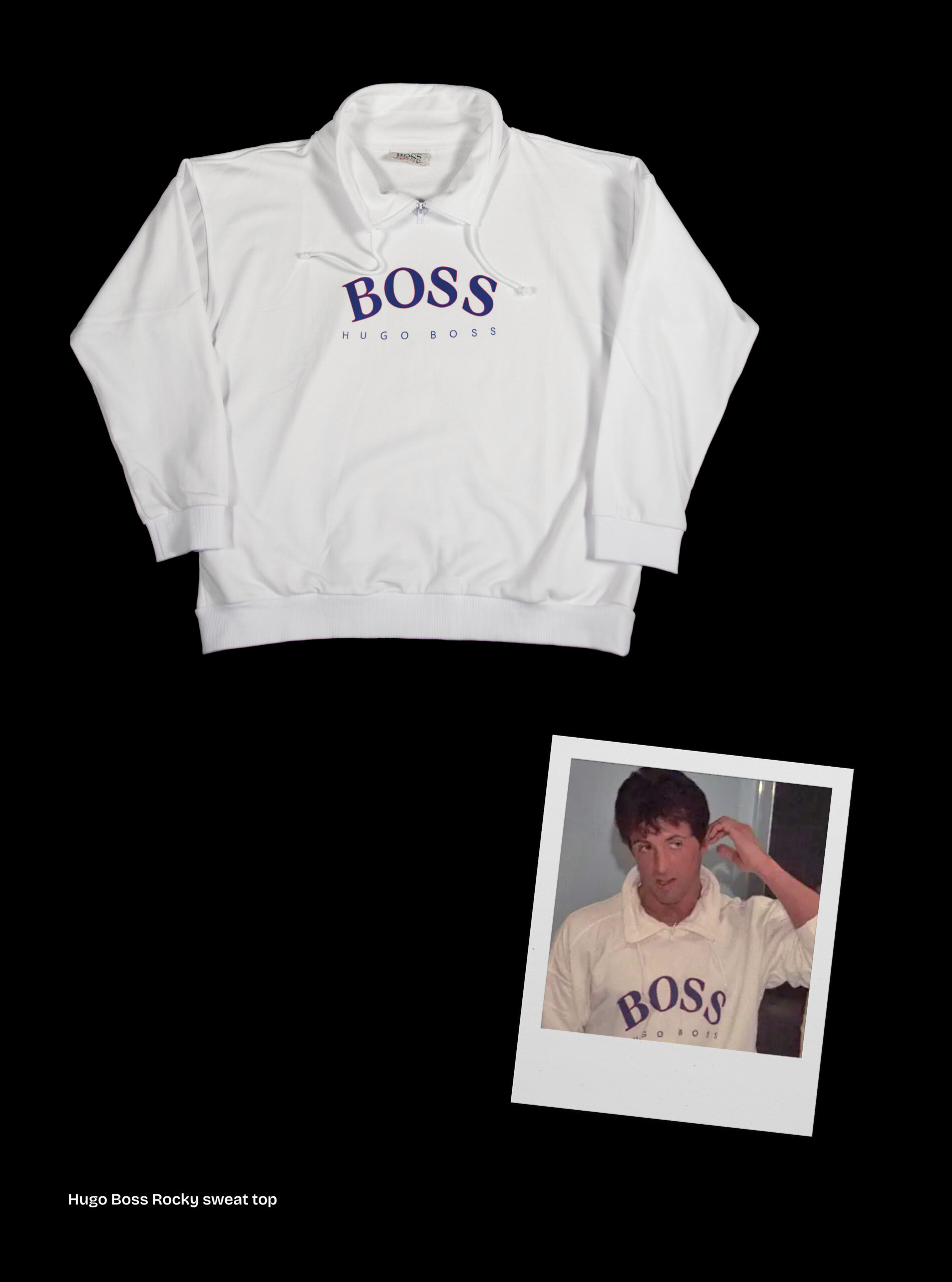
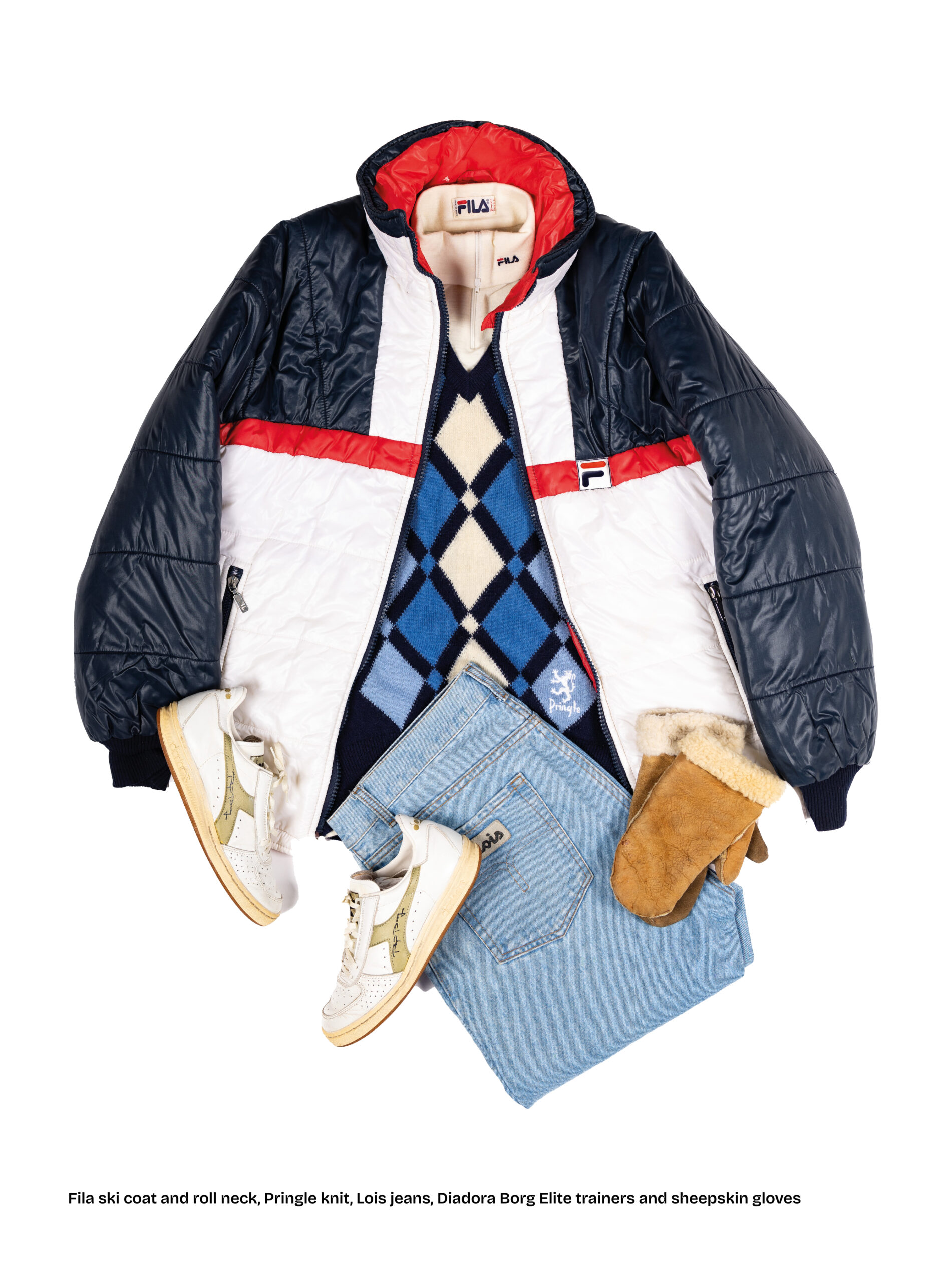
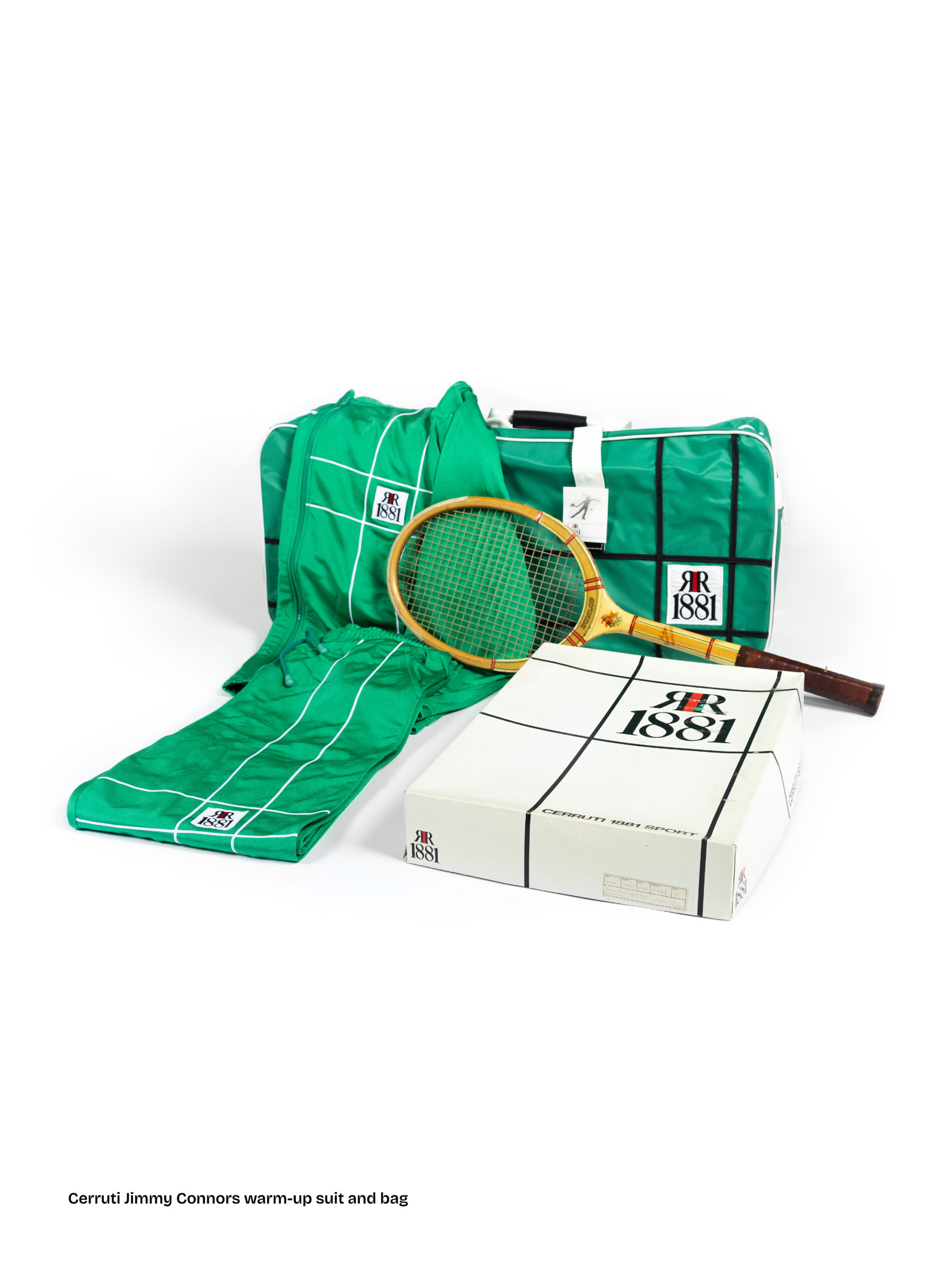
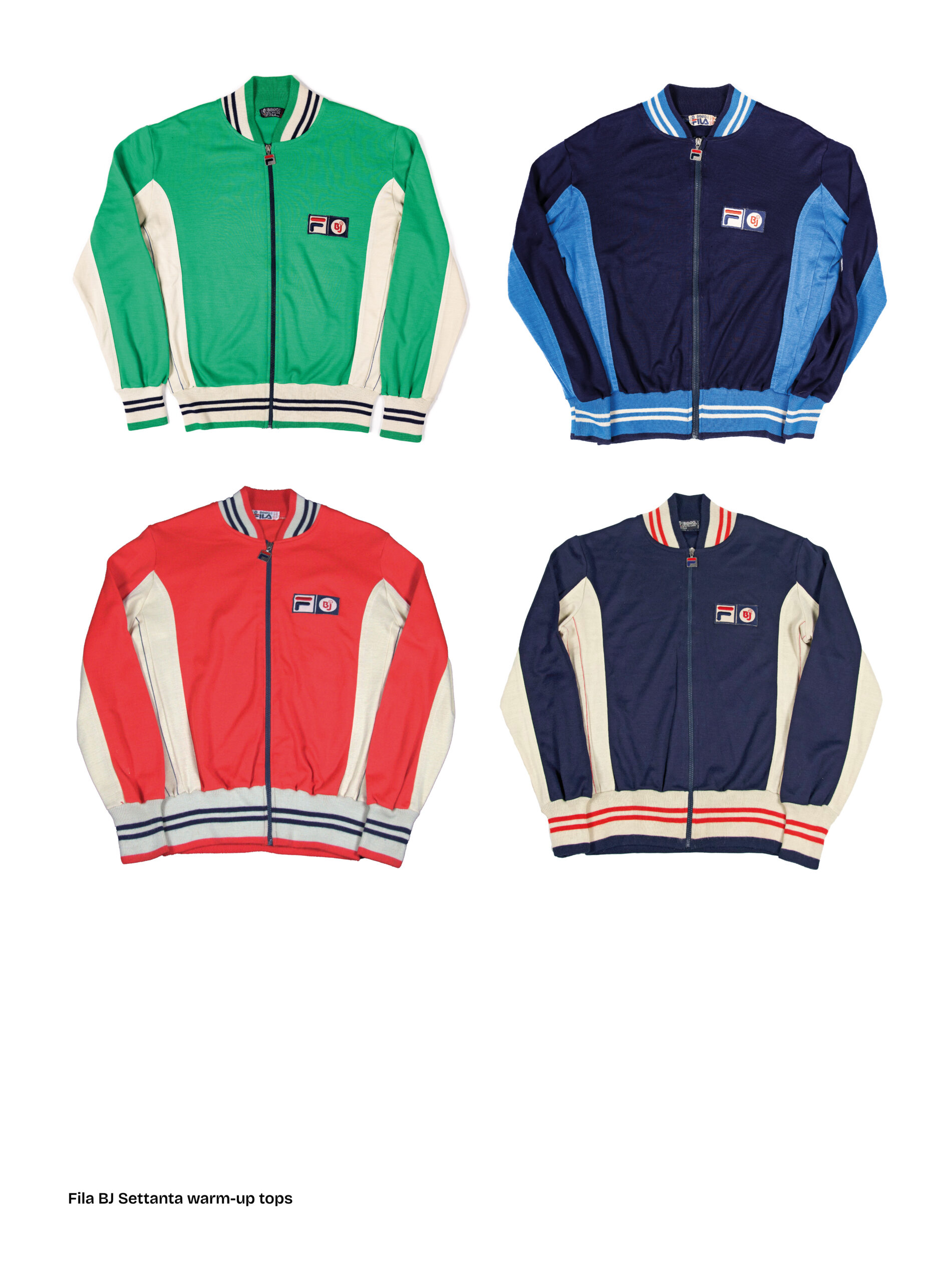
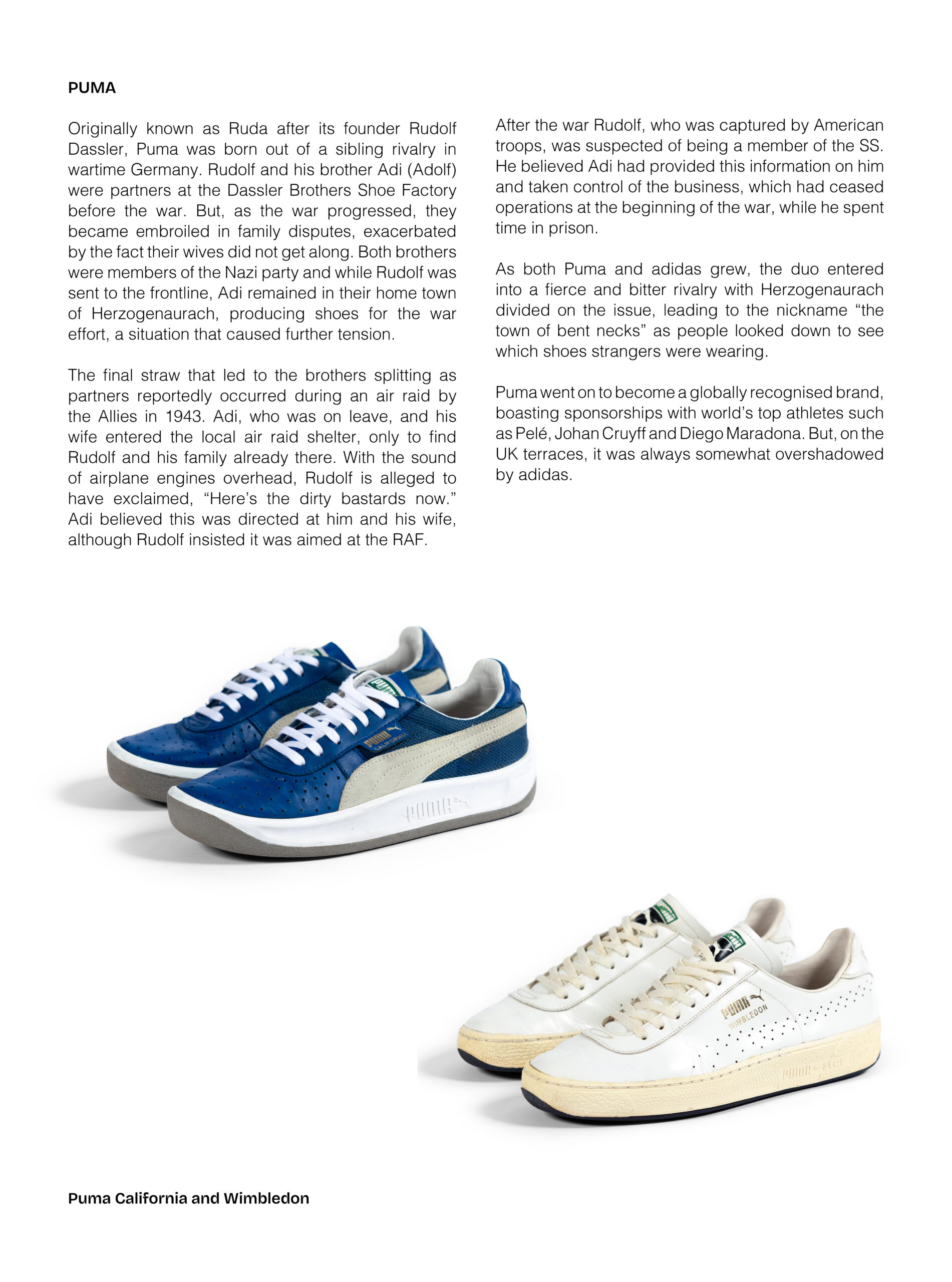
"Being part of the Wade Smith team in the early days meant living the casual scene from the inside. adidas was always the pinnacle for me-chasing down rare styles, exclusive colourways, and knowing you had something no one else did. But it wasn't just about one brand. It was the full mix-the gear you wore, the way you wore it, and that constant game of one-upmanship. This book gets all of that. It's not just a look back—it's a full-on archive of the obsession."
Chris Lee - ex Wade Smith director
Opening the volume is a powerful 10-page foreword by Peter Hooton, lead singer of The Farm and a long-standing cultural commentator. His words set the tone perfectly—reflective, passionate, and politically aware—framing the book not just as a fashion retrospective but as a cultural milestone.

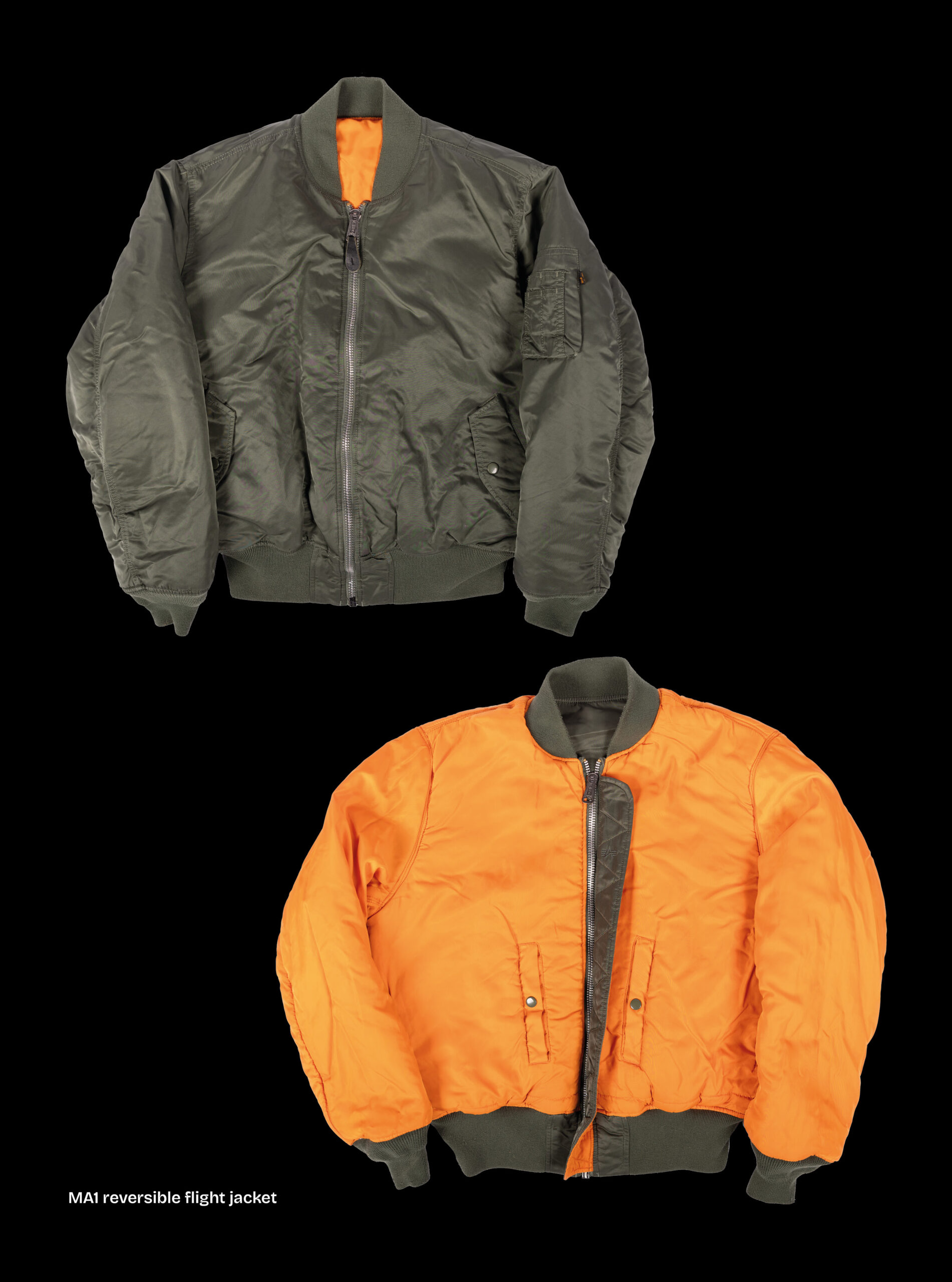
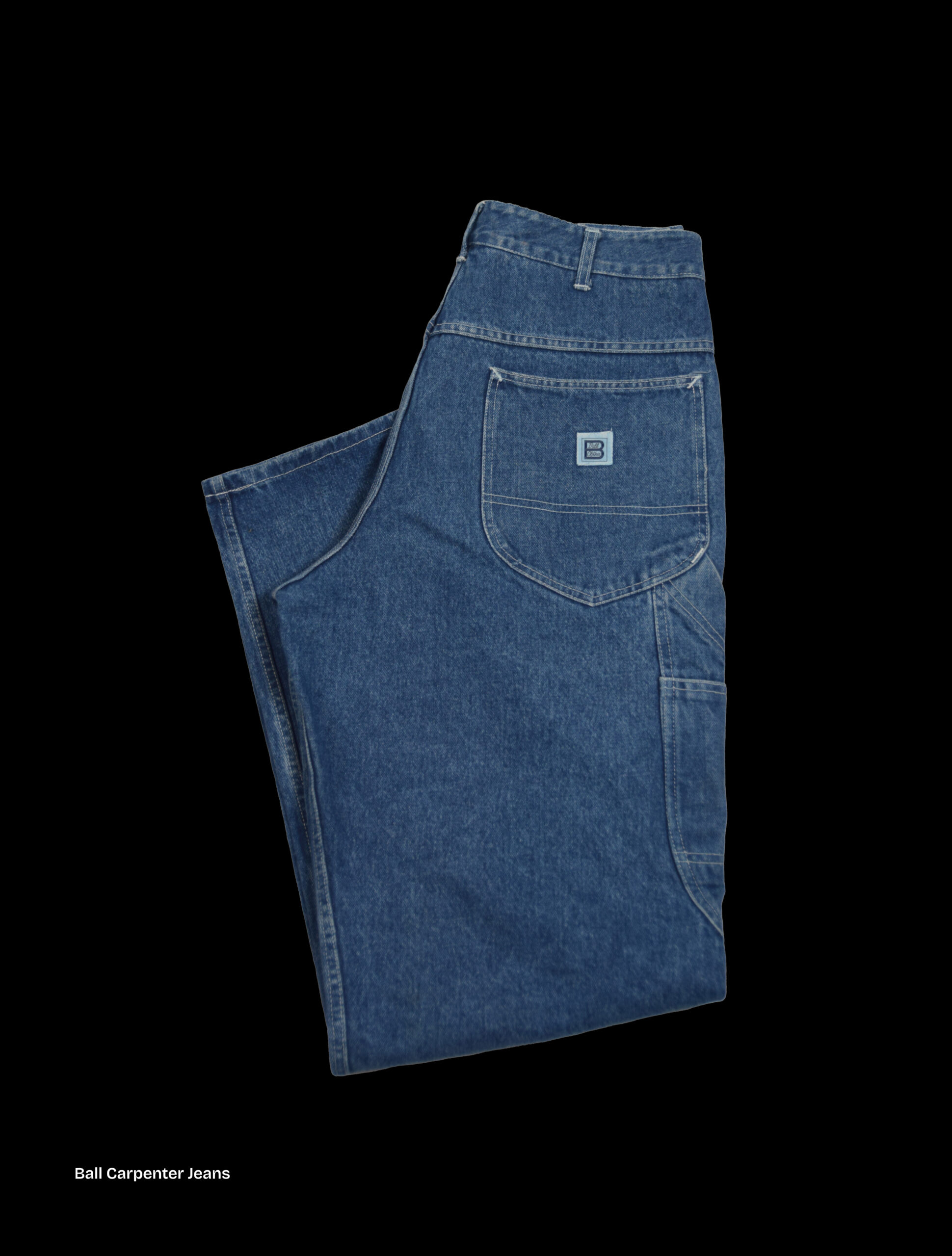
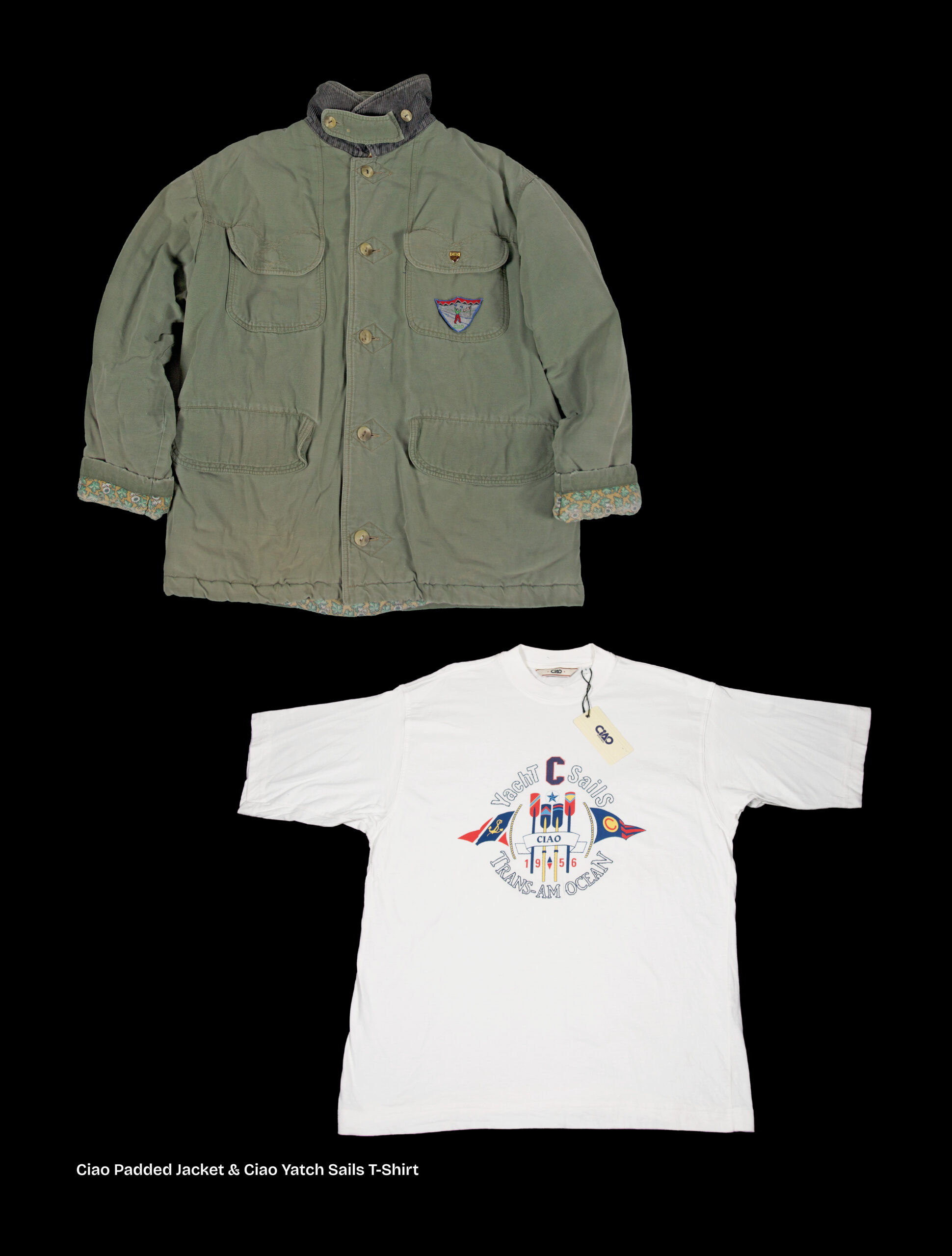
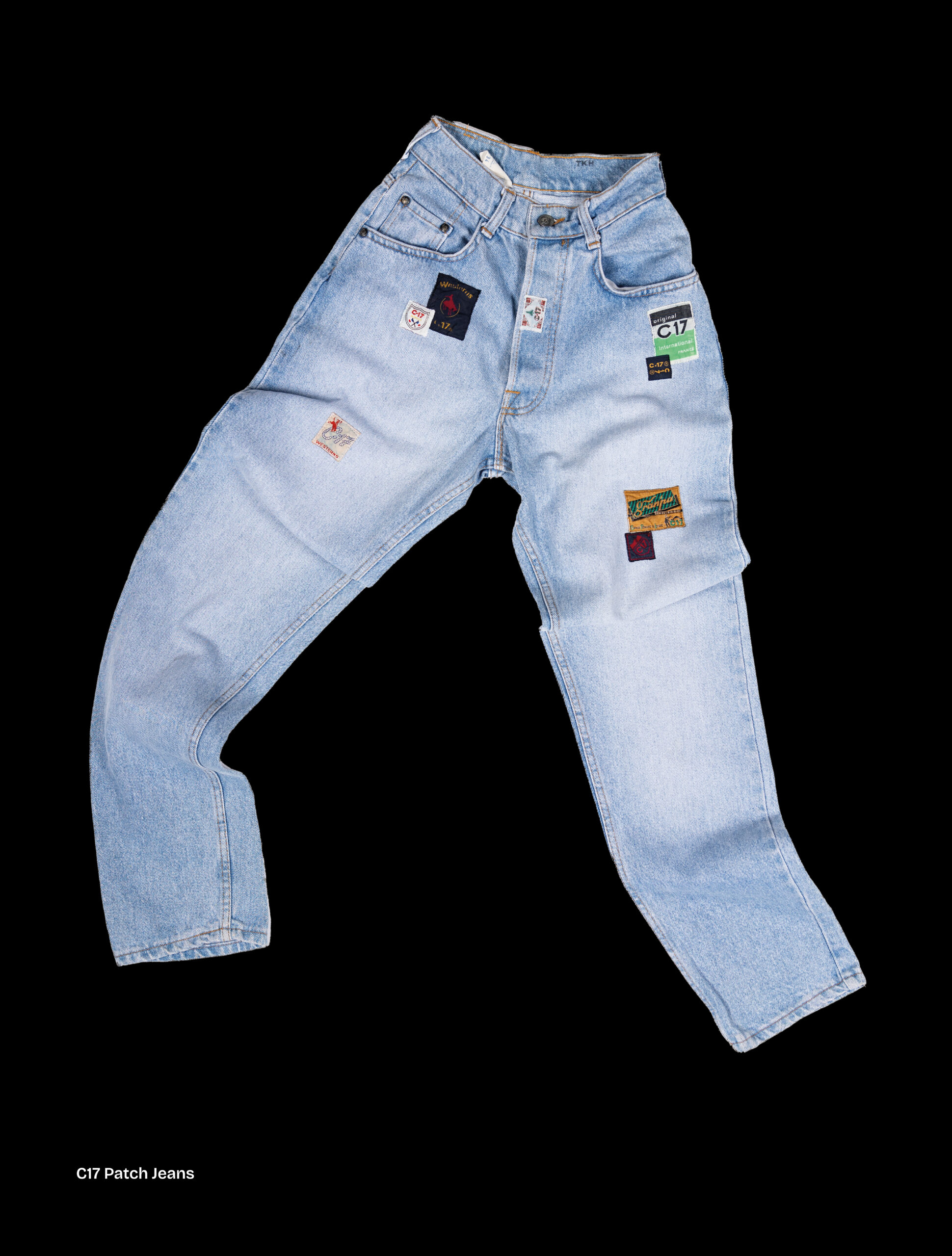
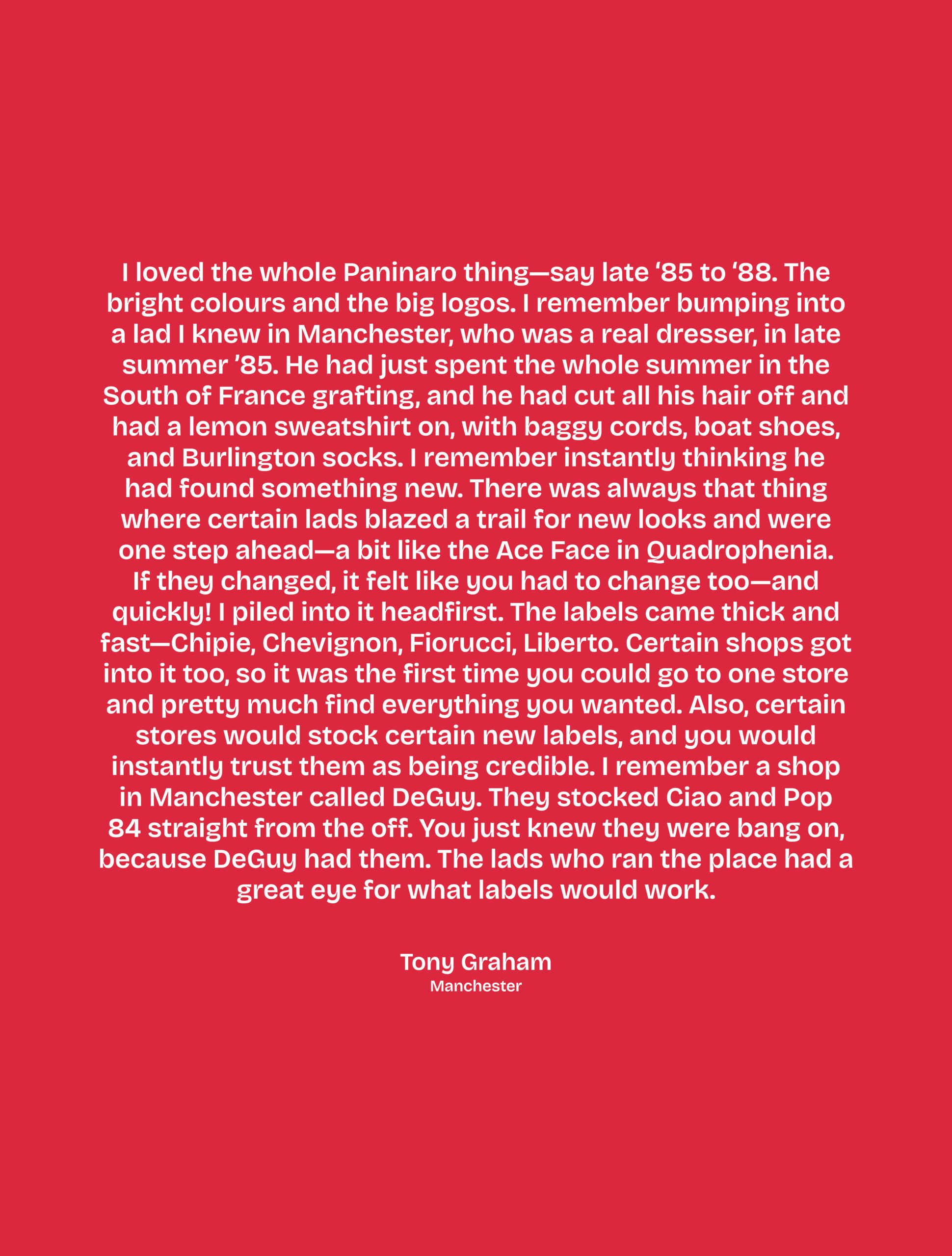
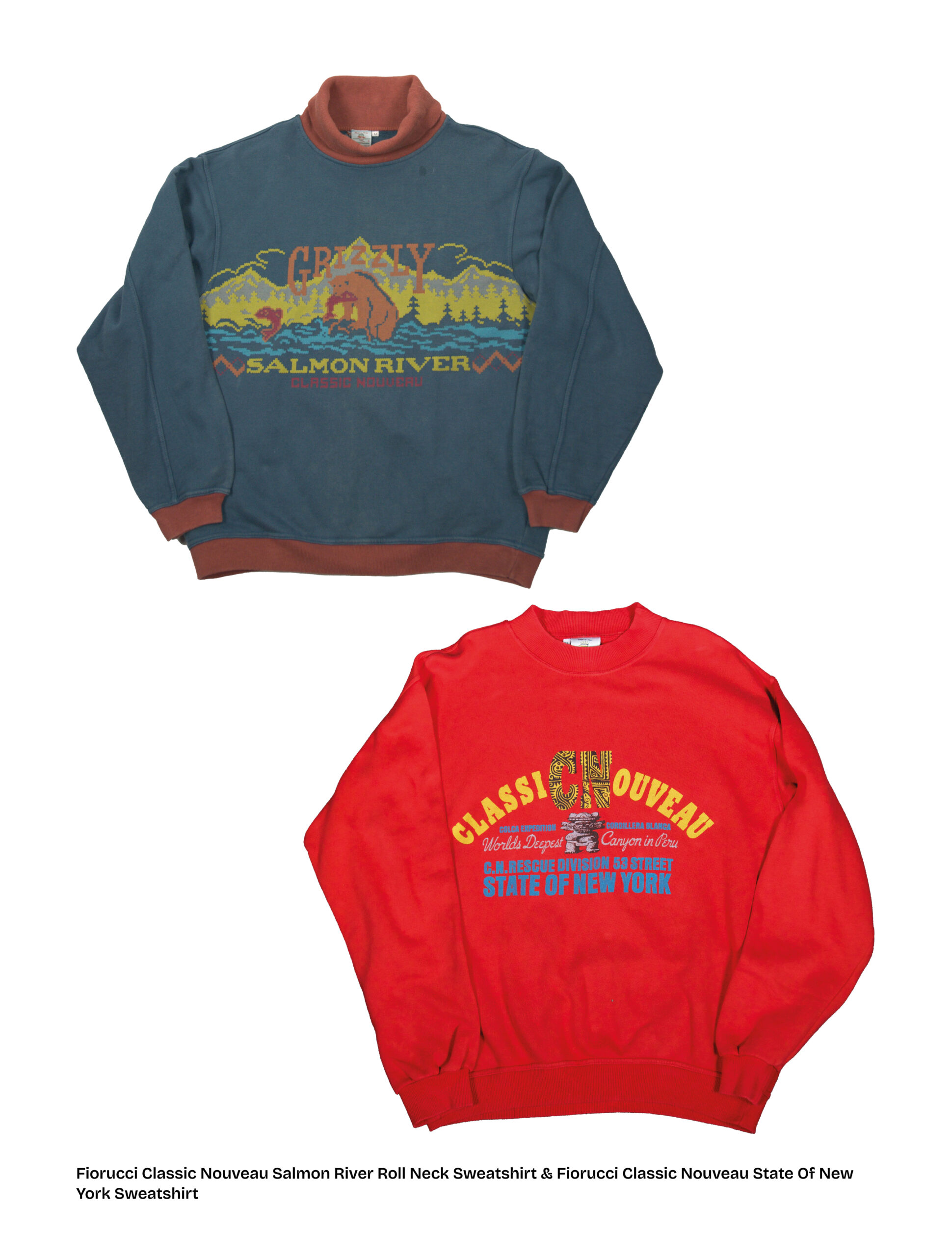
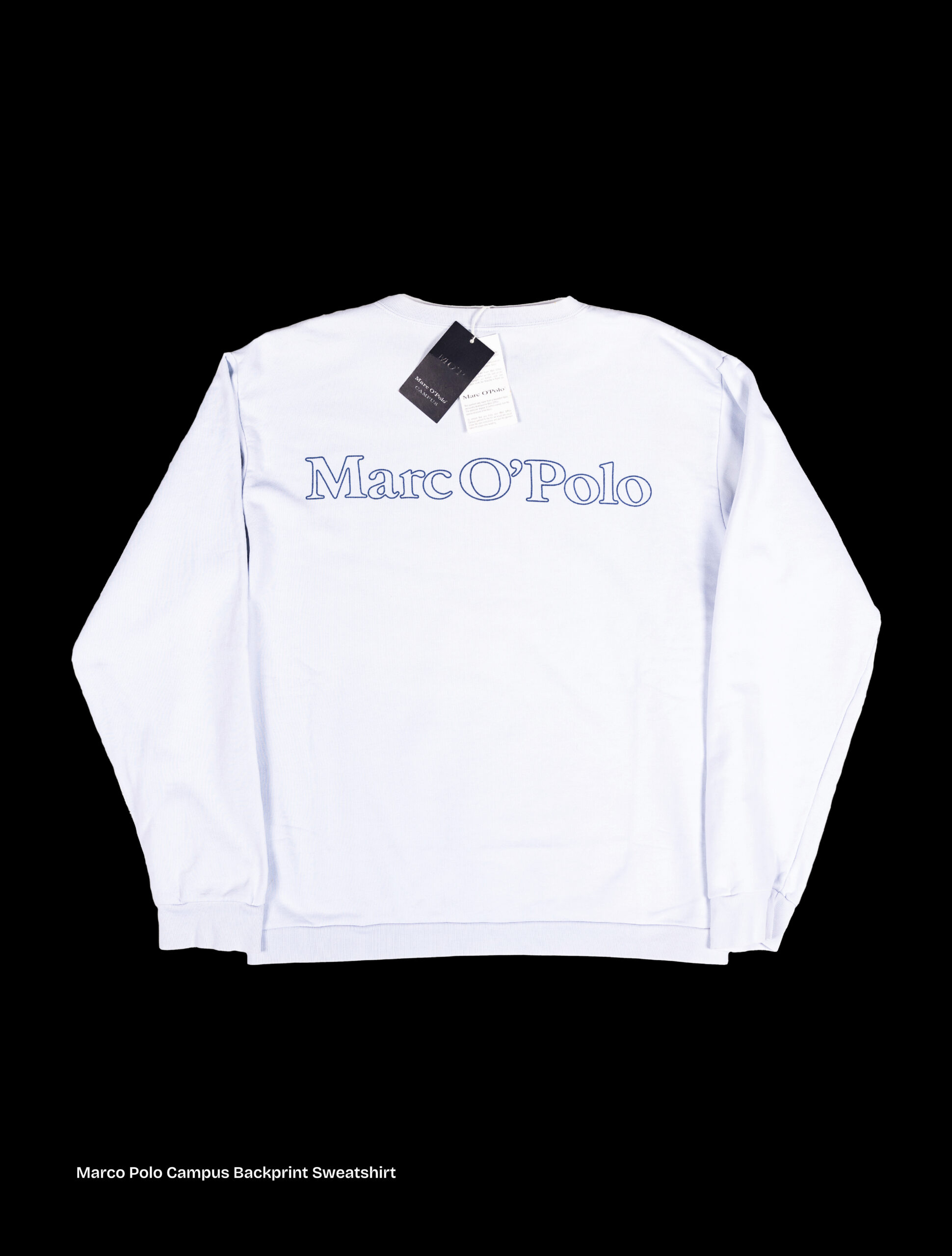
"When I was asked to contribute photos and words to this book I didn't hesitate because I knew the lads would get it right. This is a fantastic compendium of everything we were in to back in the day. Superb photos and great memories from those who lived it. If you're into this thing they now call 'casual' or you're curious about the trends and fashions that shaped this subculture then this is the book for you. It's the bible of counter culture and it's fuckin' heavy."
Chris Staunton - ex Wade Smith buyer
Whether you were there at the time, or you’re discovering these styles for the first time, Counter Culture offers a rare and unfiltered glimpse into the lives and wardrobes of Britain’s youth across a quarter of a century. From terrace culture to dance floors, from street corners to underground clubs, this book documents how fashion became a form of resistance, expression, and belonging for generations of working-class lads.
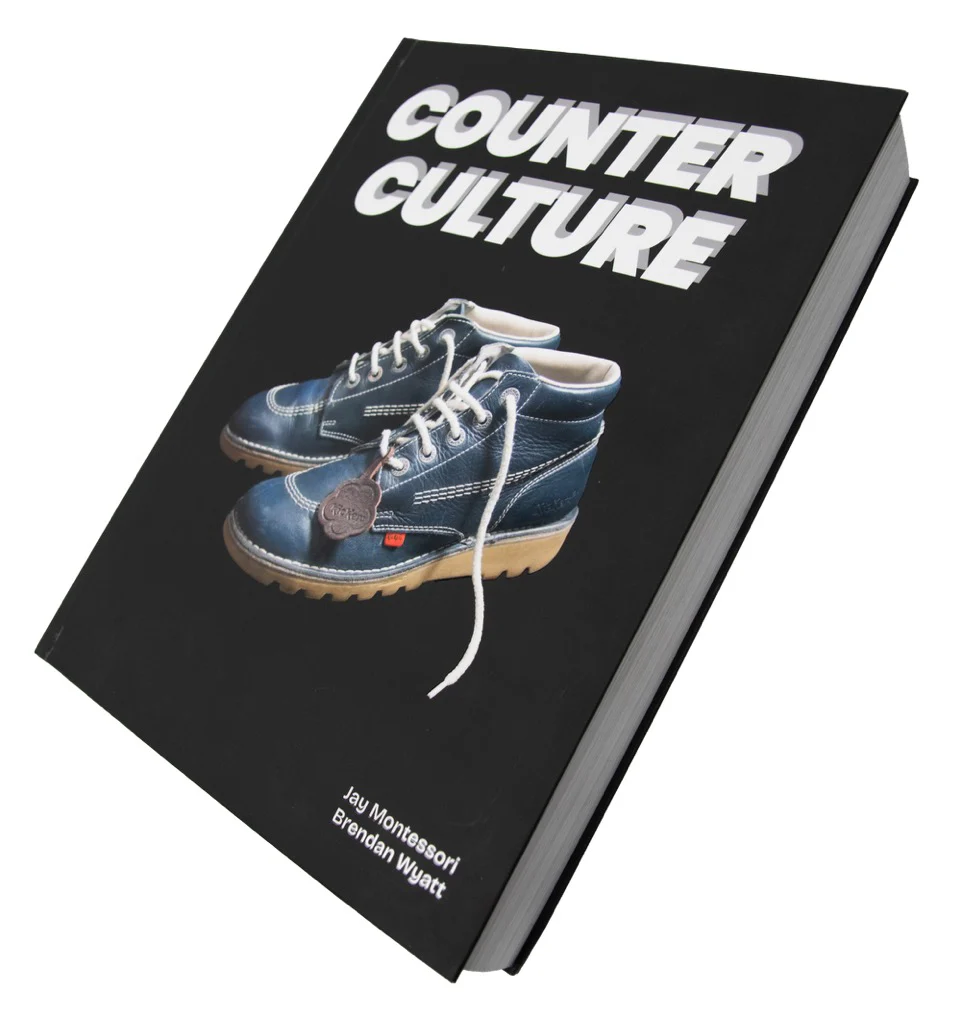
With early readers already hailing it as “the bible” of British street style, Counter Culture stands as an essential work—not only for lovers of vintage menswear, but for anyone interested in the intersections of fashion, music, class, and culture.